How to Shoot Flash Photography: A Comprehensive Guide
October 12, 2023
How to Shoot Flash Photography: A Comprehensive Guide for Every Photographer
Hi love and welcome! We’re going to be chatting alllll things flash photography and artificial light – one of our favorite topics here! But first, a little about me so you know who you’re learning from.
Hi there, I’m Eden Strader, a destination wedding photographer who transitioned into a business coach to guide creative entrepreneurs towards a life rich in artistic growth, financial freedom, and overall well-being. Before turning 23, I built a six-figure company and traveled from the scenic landscapes of Hawaii to the majestic Alps of Switzerland, capturing love stories and business brands through my lens.
My business is a vibrant mix of empowerment, honest education, and a whole lot of color with a sprinkle of woo. When I’m not behind the camera or helping others build their dream businesses, you’ll find me advocating for mental health, spreading awareness about abuse, and empowering women to claim their strength and freedom!
So now that we know a lil about each other, let’s dive in!
Introduction
First, a Q! Have you ever found yourself grappling with the intricacies of flash photography? I’ve been there, and I know it can be a real challenge. Flash photography is often seen as something to resort to only when natural light is lacking. However, it’s so much more than that! Flash can provide creative opportunities that natural light can’t, allowing you to control and shape light in exciting ways. So, let’s dive in and demystify the world of flash photography. Whether you’re an aspiring photographer, a marketing enthusiast looking to capture better product shots, or a content creator aiming to level up your visual game, this blog post is your one-stop resource.
Why Should You Learn How to Shoot Flash Photography?
Fill Light: The Unsung Hero
Fill light from a flash can be incredibly helpful when you’re shooting in challenging lighting conditions. Imagine you’re capturing a portrait on a sunny day. The sun can create harsh shadows on your subject’s face, making the photograph less flattering. A fill flash can soften those shadows, balancing the exposure for a more appealing shot.
Total Control: Your Light, Your Rules
Natural light is a fickle friend. It changes throughout the day and is often affected by weather conditions. When you use a flash, you gain control over the lighting, allowing you to shape the scene to your creative vision. No more racing against the setting sun or dealing with inconsistent lighting!
Versatility: The Jack-of-All-Trades
The power of flash photography isn’t limited to dark indoor settings or nighttime shoots. A flash can be invaluable for outdoor photography, event shooting, or even macro photography. Its utility spans a wide range of scenarios, making it a versatile tool in your photography arsenal.
Types of Flash Equipment
Built-In Flash: Convenience at a Cost
While convenient, built-in flashes have limitations. They are fixed in place, pointing directly at your subject. This often results in flat lighting and harsh shadows. They’re okay for quick snapshots, but for more professional results, you’ll want to explore other options.
Speedlight: The All-Rounder
Speedlights are external flash units that can be mounted on your camera’s hot shoe or used off-camera. They offer a world of possibilities, from adjusting the angle and direction of light to modifying its quality with diffusers and reflectors. Speedlights are incredibly versatile, ideal for both beginners and pros.
Studio Strobes: The Big Guns
When it comes to studio photography, studio strobes are your go-to. These are powerful flash units designed for controlled environments. They offer maximum control over light output, color temperature, and direction. However, they are less portable and often require a power source, making them less ideal for on-the-go shooting. I would neeeeever use these at a wedding, but love them for studio projects.
You can find a list of my go-to gear here!
Understanding Flash Settings
Flash Sync Speed: The Speed Limit
Flash sync speed is a crucial setting to understand because it dictates the fastest shutter speed your camera can use while synchronizing with a flash. This speed varies between cameras but often ranges from 1/160th to 1/250th of a second. If you exceed this speed, you’ll end up with dark bands in your photos because the flash fires out of sync with the camera’s shutter.
TTL vs. Manual: The Control Spectrum
TTL, or Through The Lens, allows your camera and flash to communicate, automating the flash output based on the camera’s metering system. While convenient, it may not always produce the creative result you’re looking for. Manual mode, on the other hand, offers you full control over the flash output, but it requires a good understanding of how light works to get the desired effect.
Flash Exposure Compensation: The Fine-Tuning Dial
Think of Flash Exposure Compensation as the fine-tuning dial for your flash output. It allows you to adjust the power of the flash, either toning it down or amping it up to fit your creative vision. This setting is particularly useful when you’re working in complex lighting situations where the automatic settings might not deliver the results you want.
The Do’s and Don’ts
Do’s
- Experiment: Don’t be afraid to try different angles and positions for your flash. Side-lighting can add depth, while backlighting can create dramatic effects.
- Soften the Light: A bare flash can produce harsh, unflattering light. Use diffusers, softboxes, or even umbrellas to soften it.
- Bounce the Light: For a natural and evenly lit look, try bouncing the flash off walls or ceilings. This is especially useful for indoor photography.
Don’ts
- Avoid Direct Flash: Unless you’re going for a particular style or effect, avoid pointing the flash directly at your subject, as this often results in harsh shadows and highlights.
- Be Mindful of Reflective Surfaces: Shooting in an environment with many reflective surfaces can create unwanted glare and hot spots in your photos.
- Harmonize With Camera Settings: Your flash isn’t a standalone tool. Make sure your camera settings—like ISO, shutter speed, and aperture—are set to complement the flash settings.
Creative Flash Techniques
Dragging the Shutter: The Best of Both Worlds
Dragging the shutter involves using a slower shutter speed alongside your flash. This technique allows you to capture a mix of ambient light and the flash, offering a more natural look while still benefiting from the flash’s illumination.
Rear-Curtain Sync: Capturing the Trail
In rear-curtain sync, the flash fires just before the shutter closes. This is a fantastic technique for capturing motion trails behind a moving subject, adding a dynamic and dramatic element to your photos.
Stroboscopic Flash: The Time Capsule
Stroboscopic flash involves firing multiple flashes in a single exposure. This captures a series of movements in one frame, providing a time-lapse effect. It’s a fantastic way to showcase motion and tell a story within a single image.
Conclusion
And there we have it, a deep dive into the enthralling world of flash photography. We’ve covered why flash is an invaluable tool in various shooting conditions, the types of equipment you can use, the technical settings that can make or break your shot, and even some creative techniques to elevate your flash photography game! At the end of the day, practice makes perfect, so you’ll want to expiriment and before you know it, it will be muscle memory!
Ready to dive in more? Click here to dive into Let’s Get Lit, our Flash Photography Freebie, or join our best selling Flash Photography Course!
And for now- scroll some of my favorite Flash Photography images, shot for AMARA the Agency, with bounced, direct, and strobe flash.
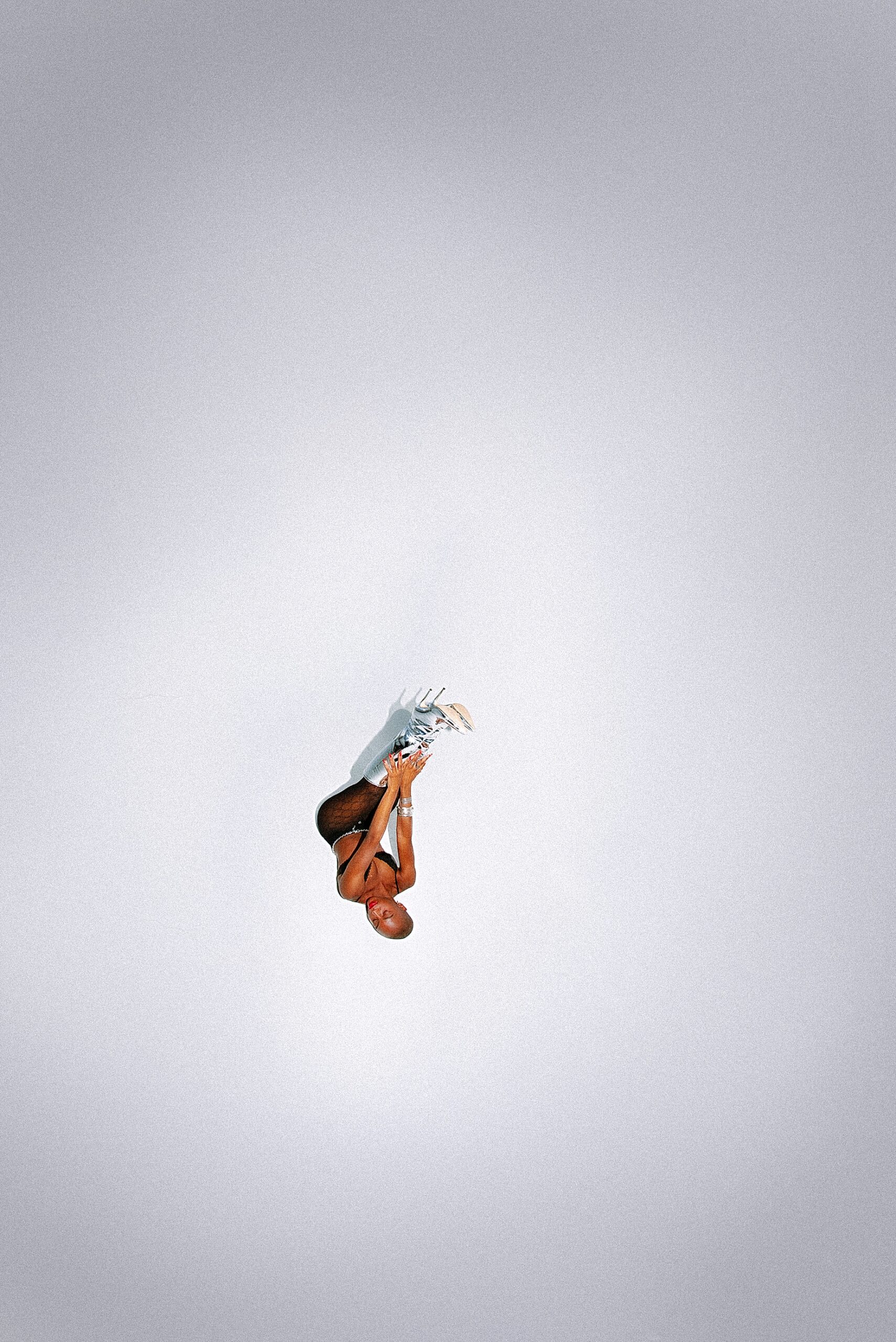

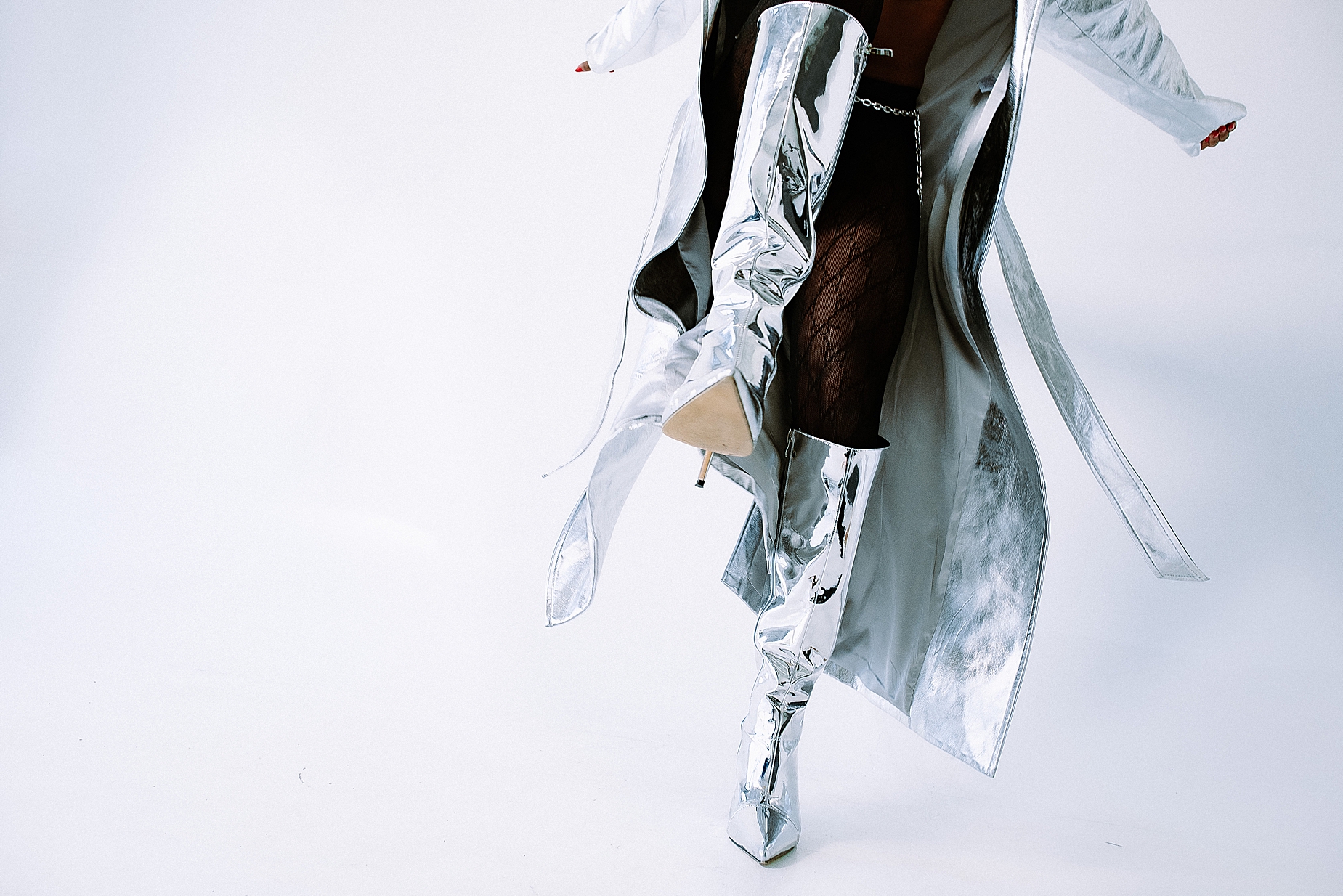

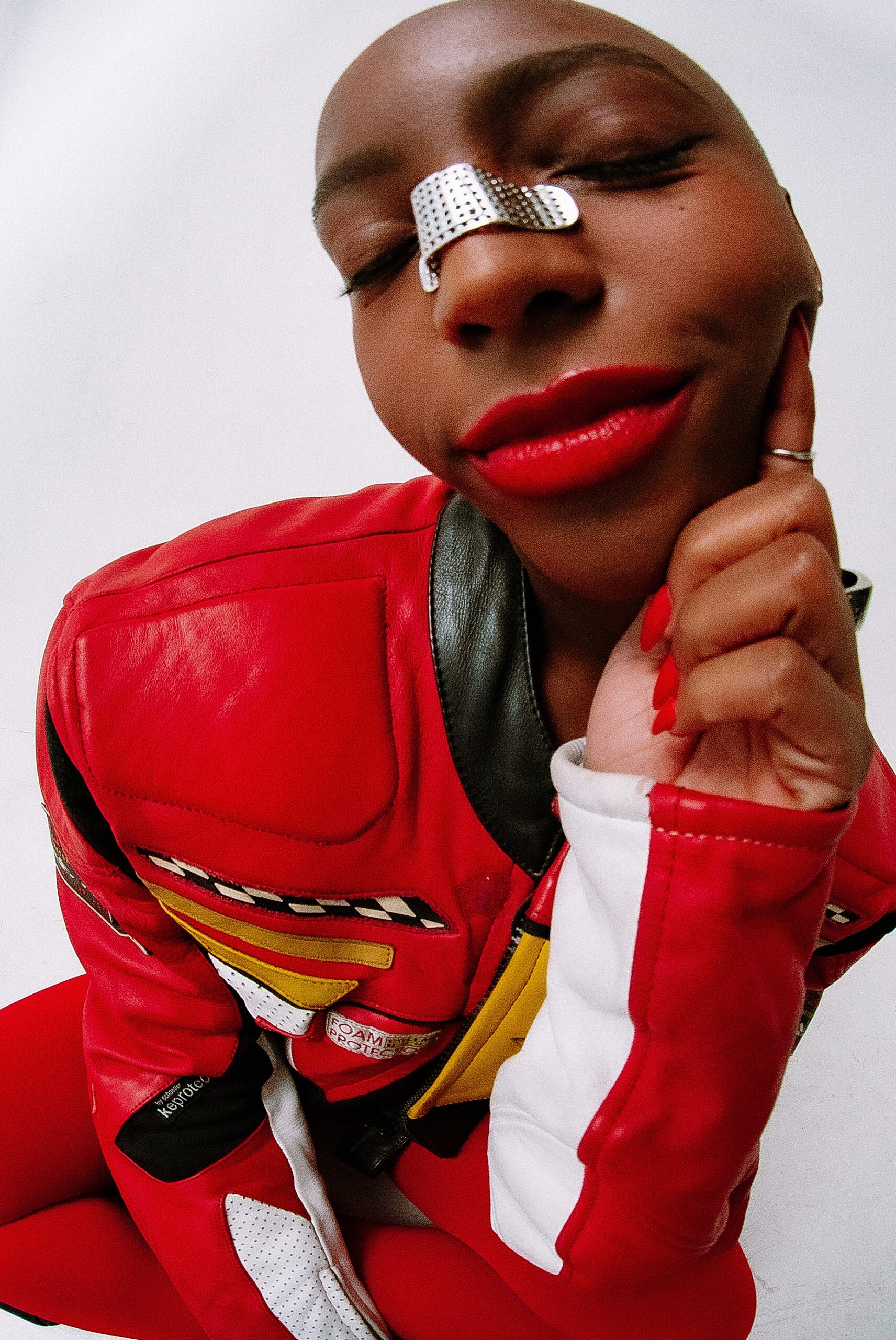
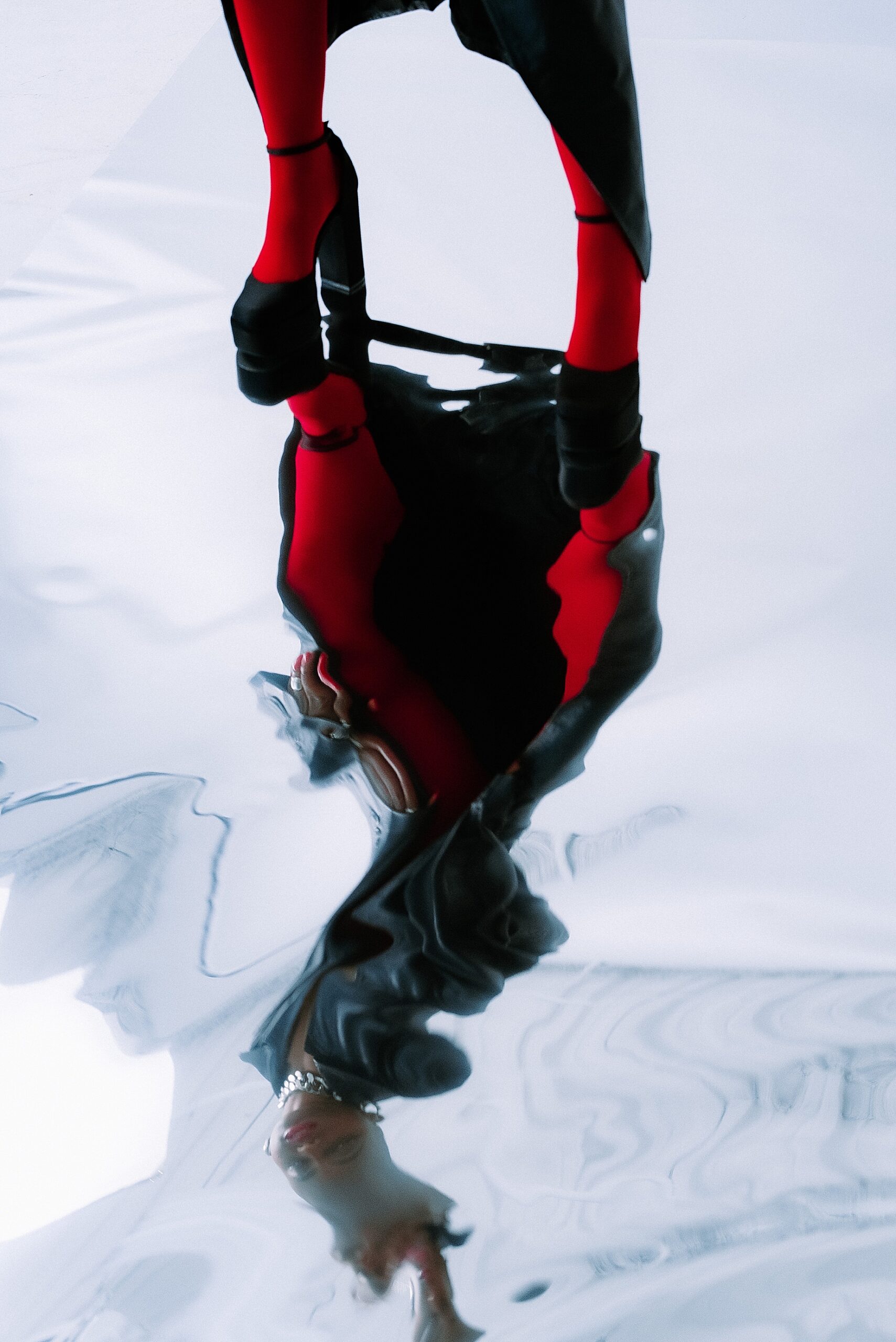
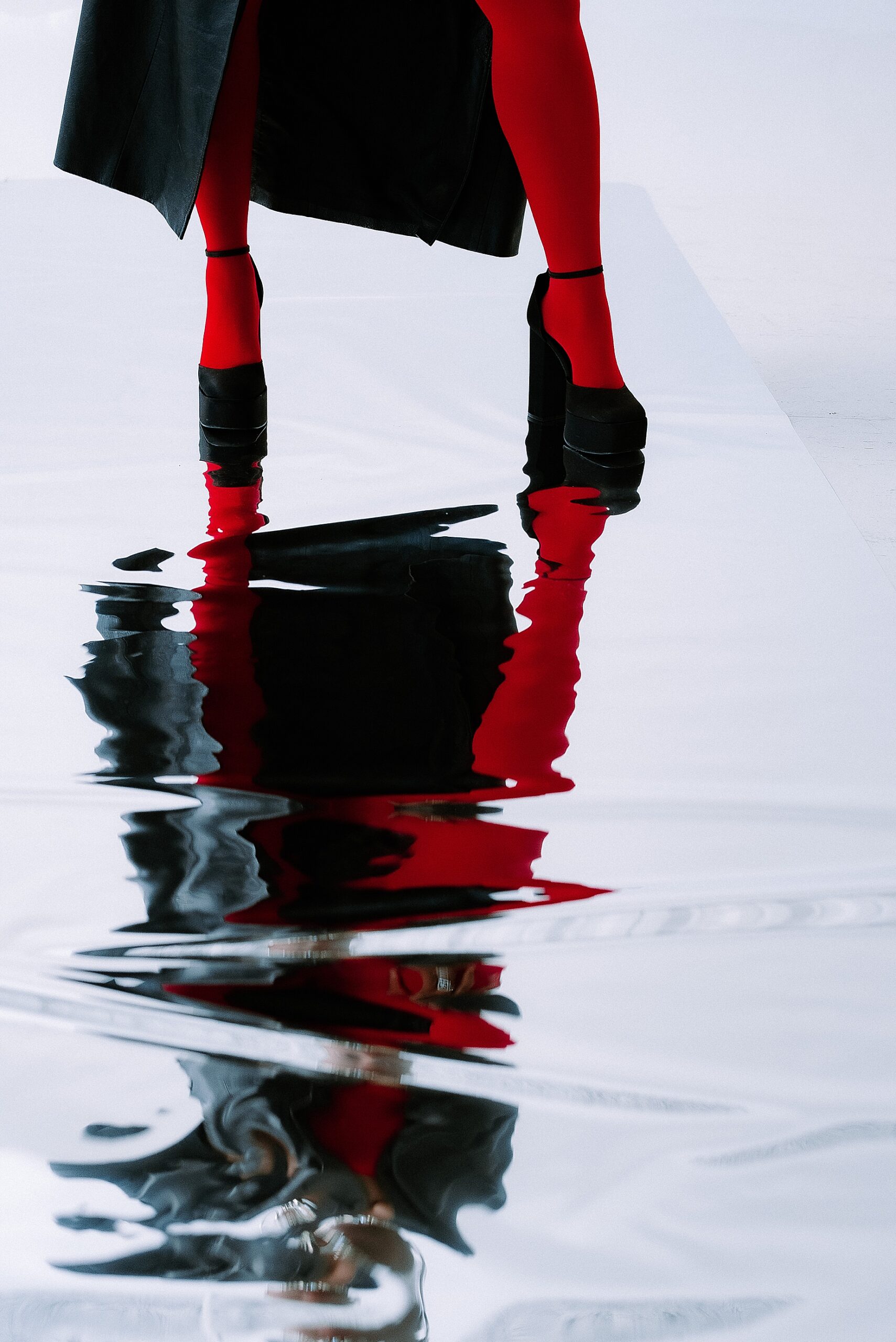
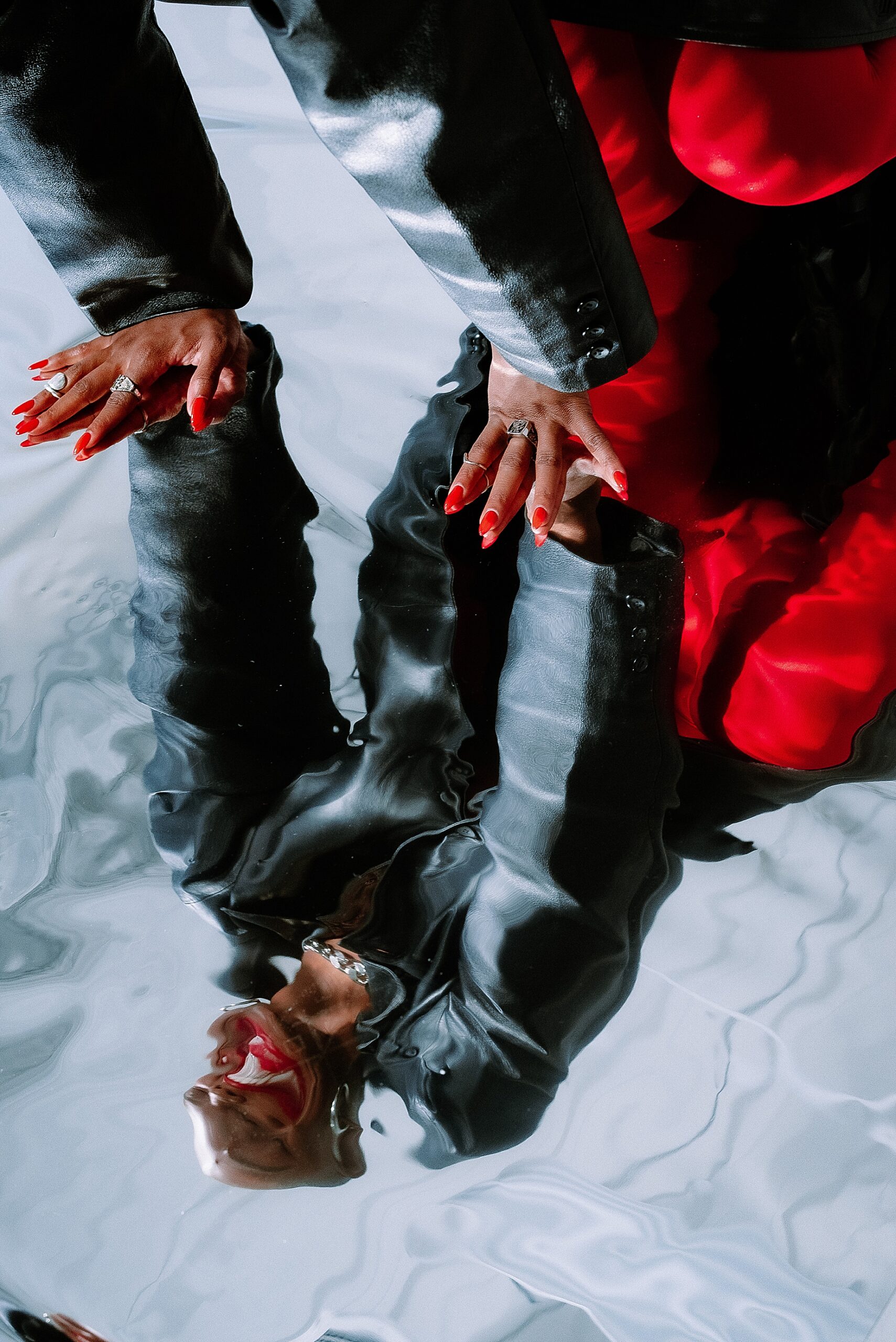

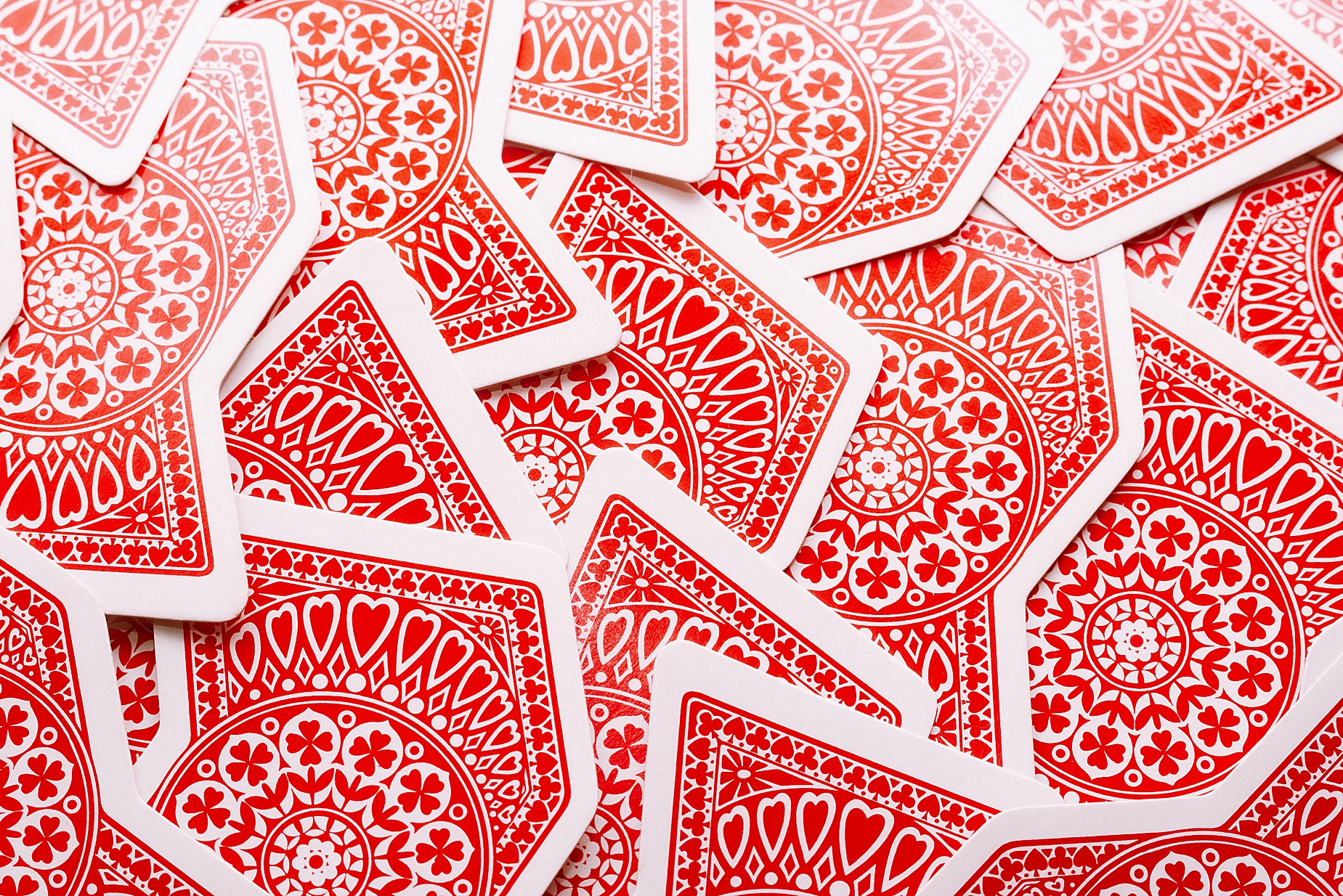
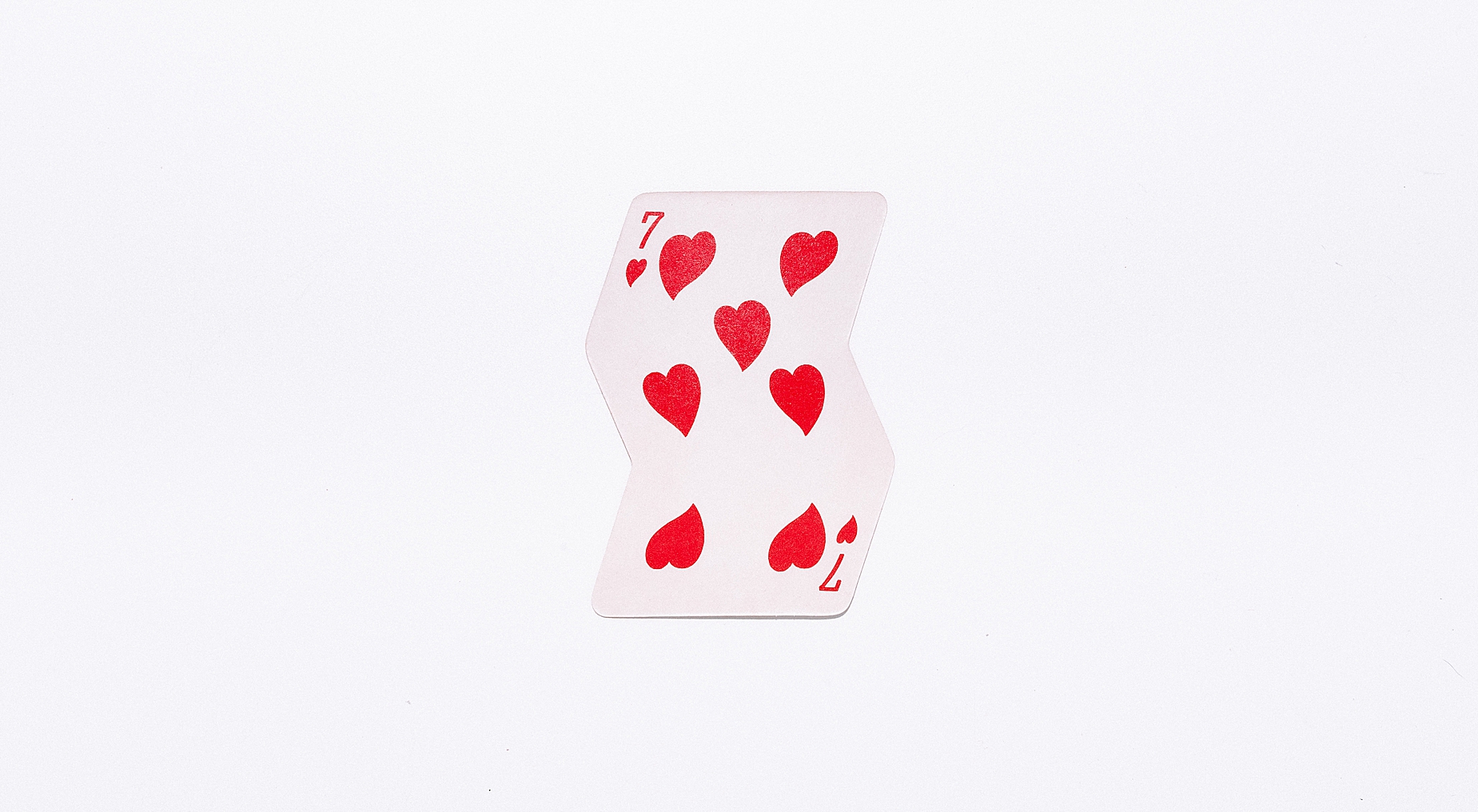
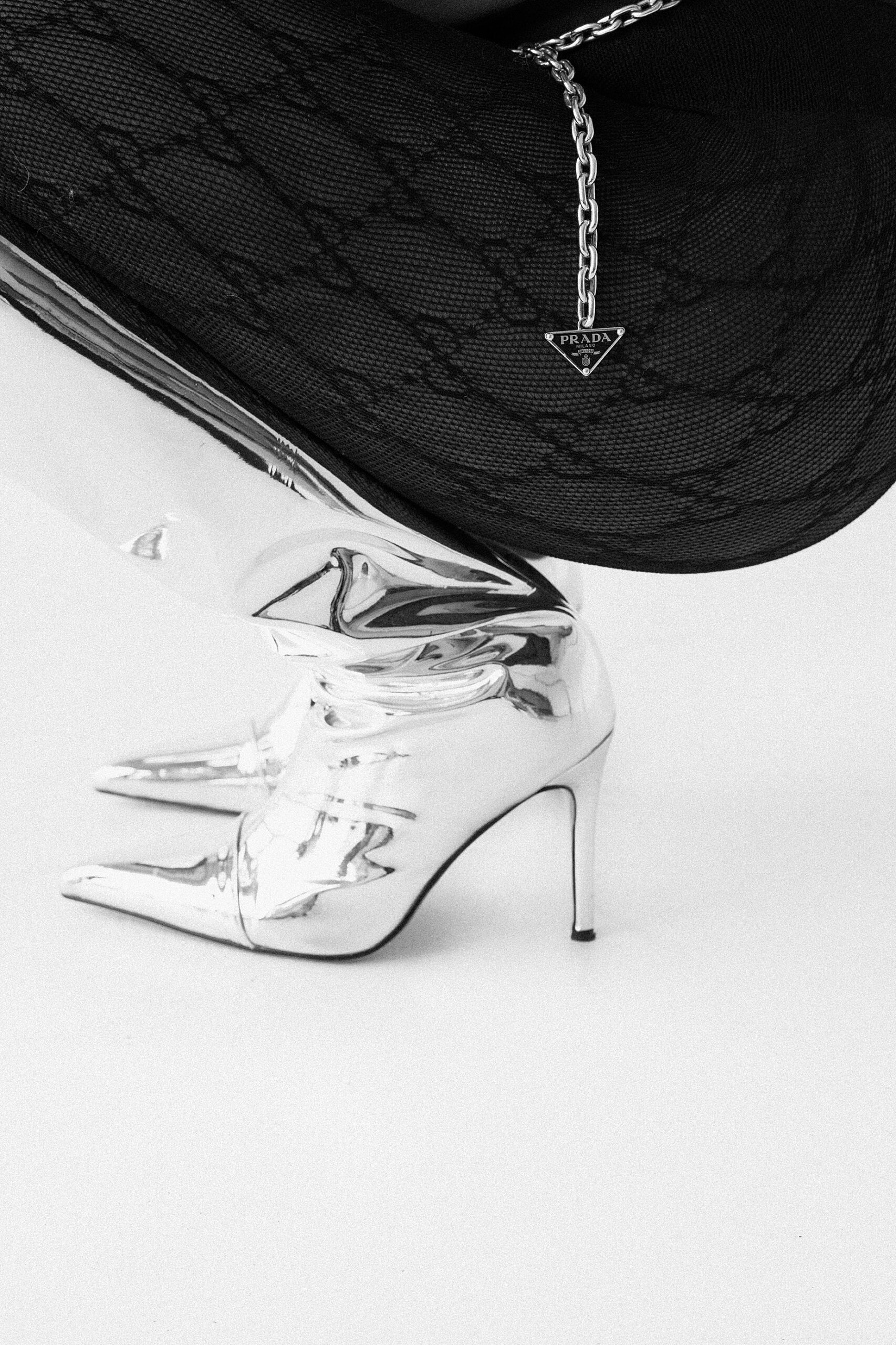

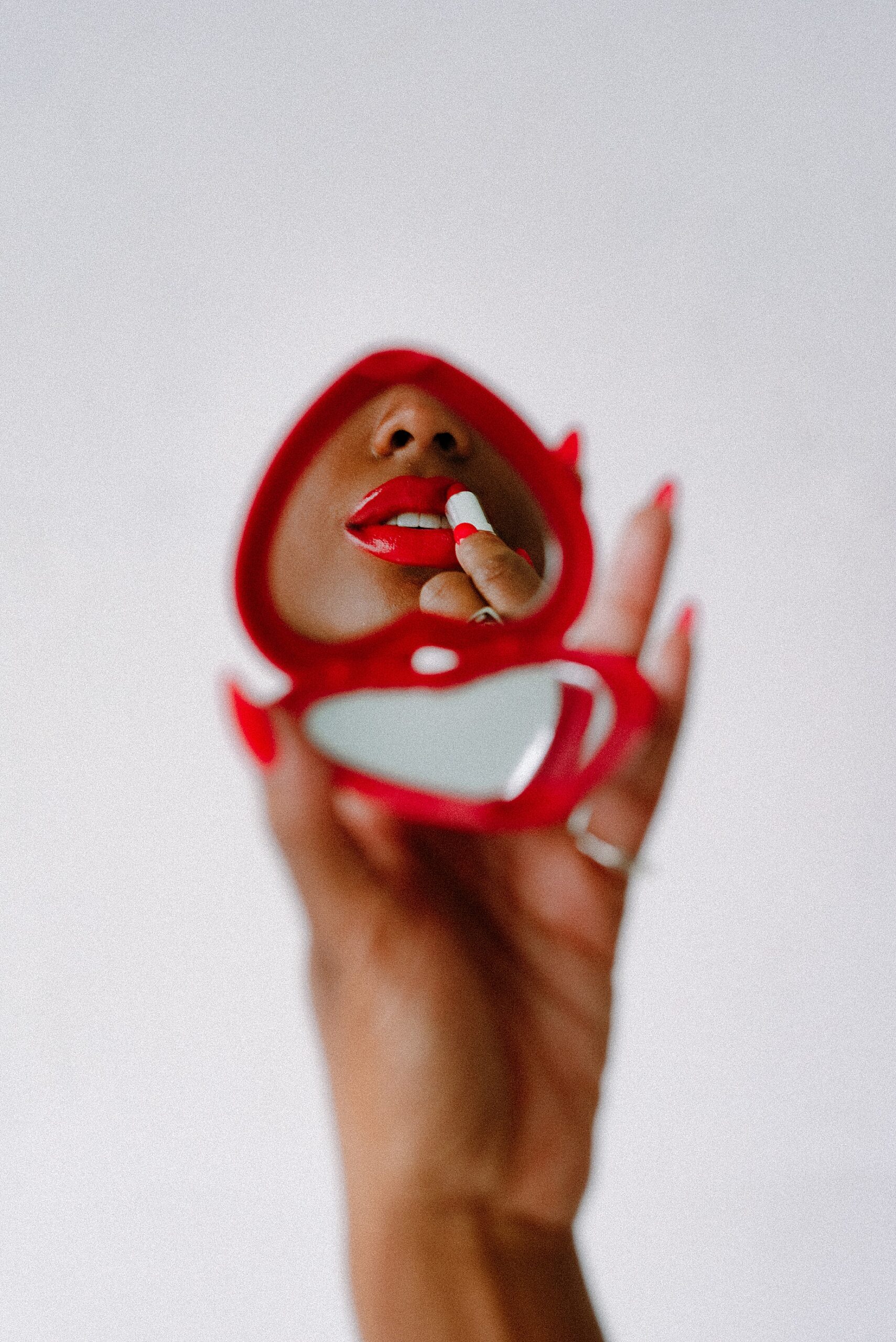
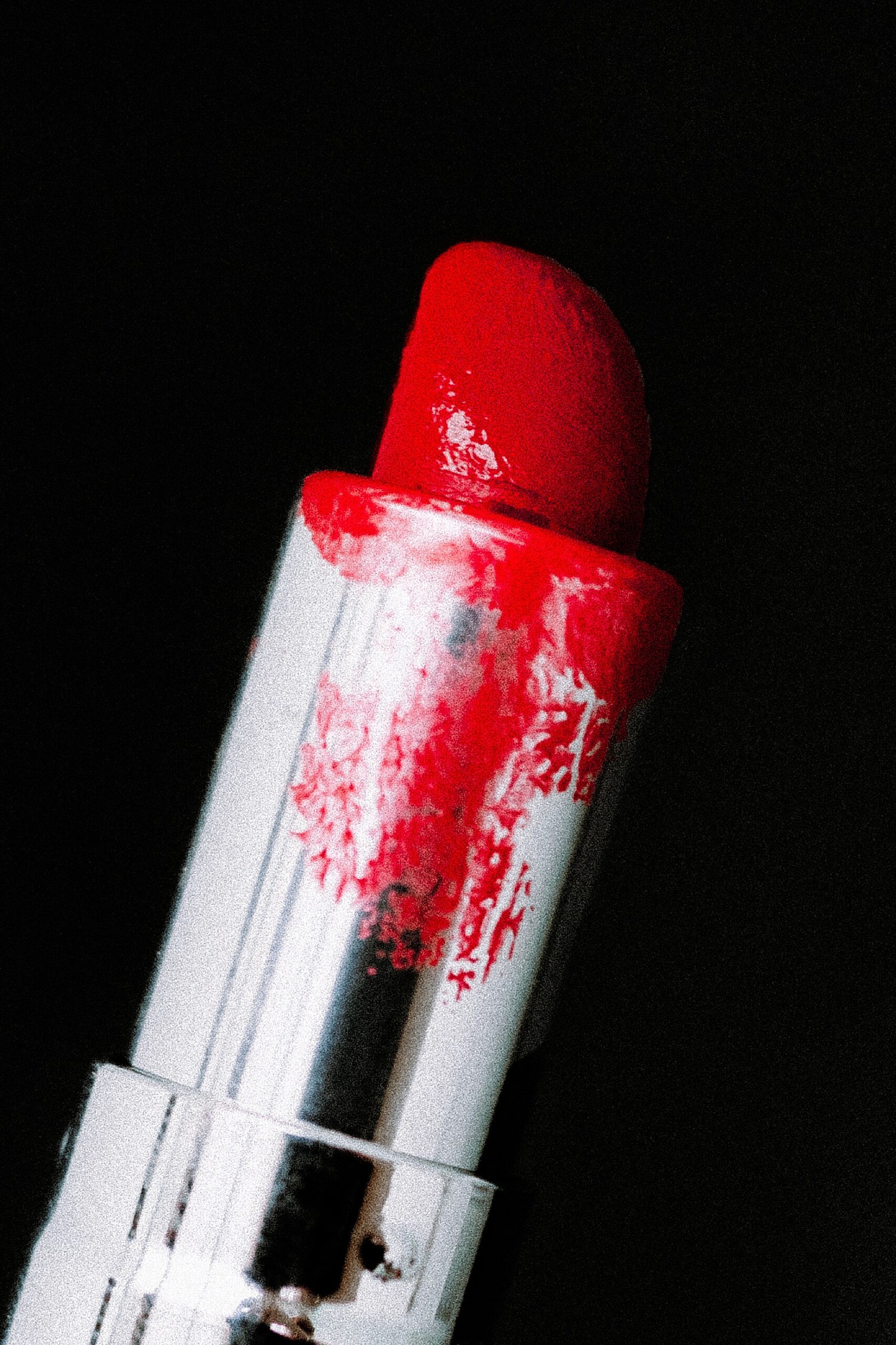

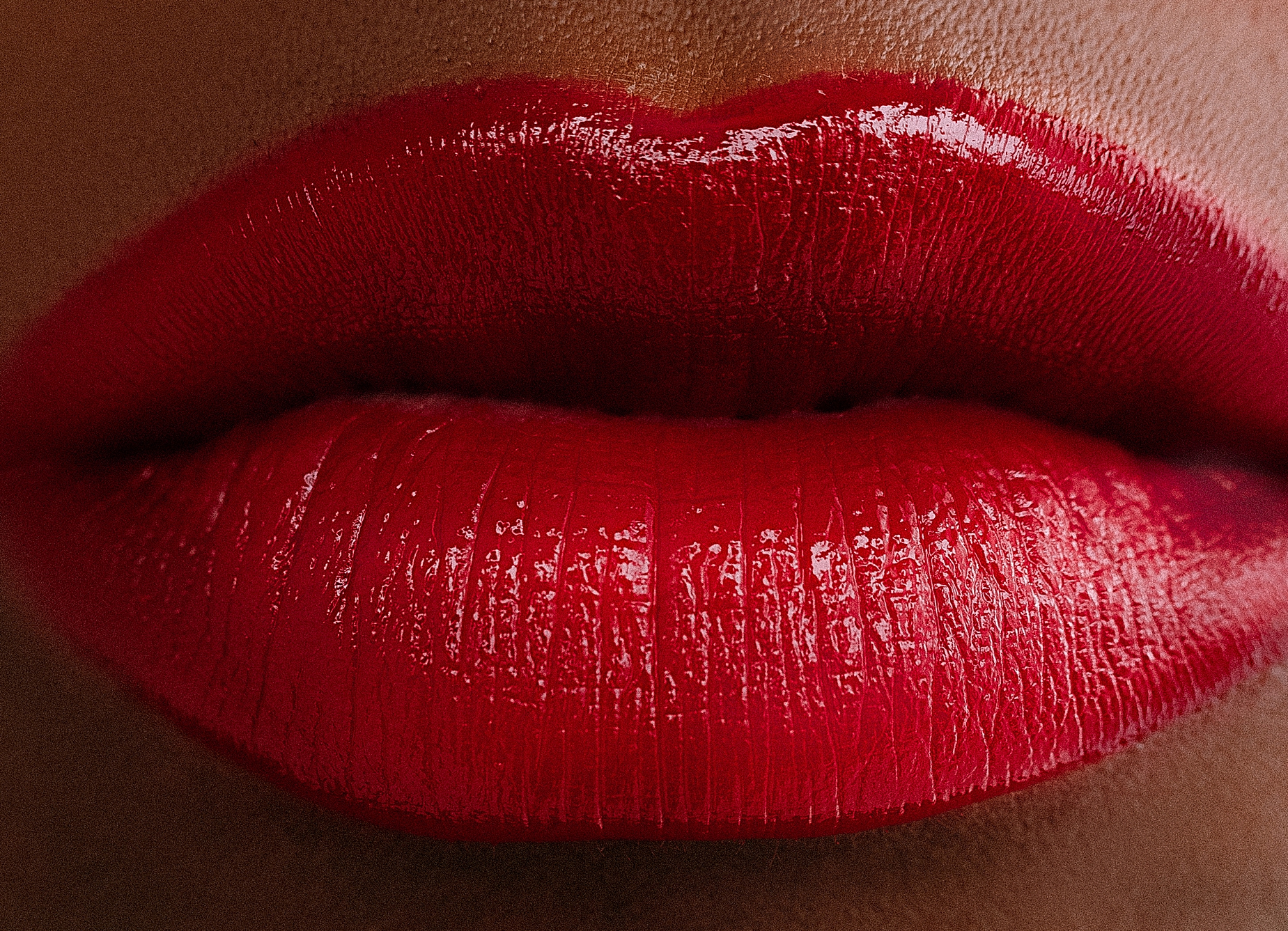
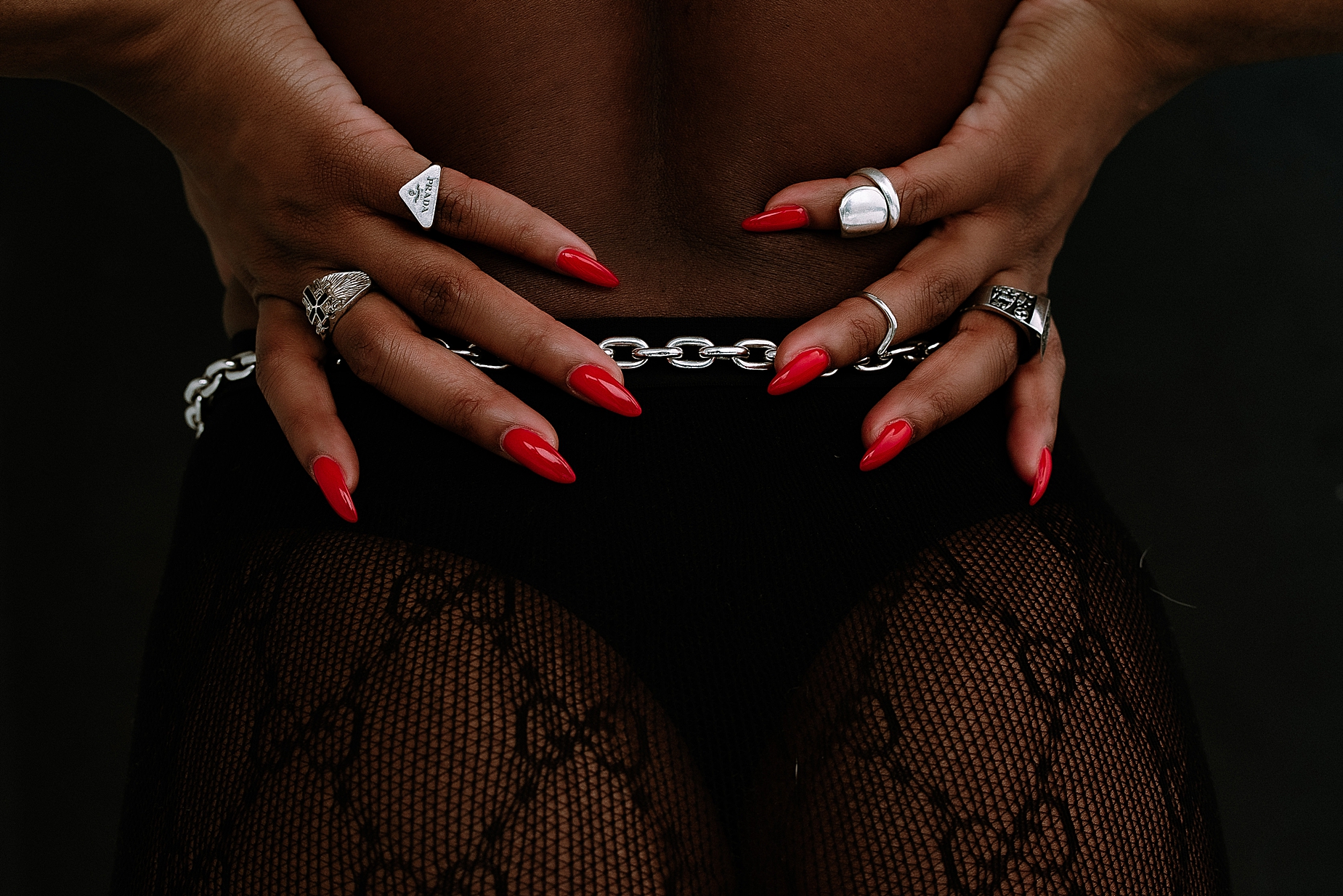
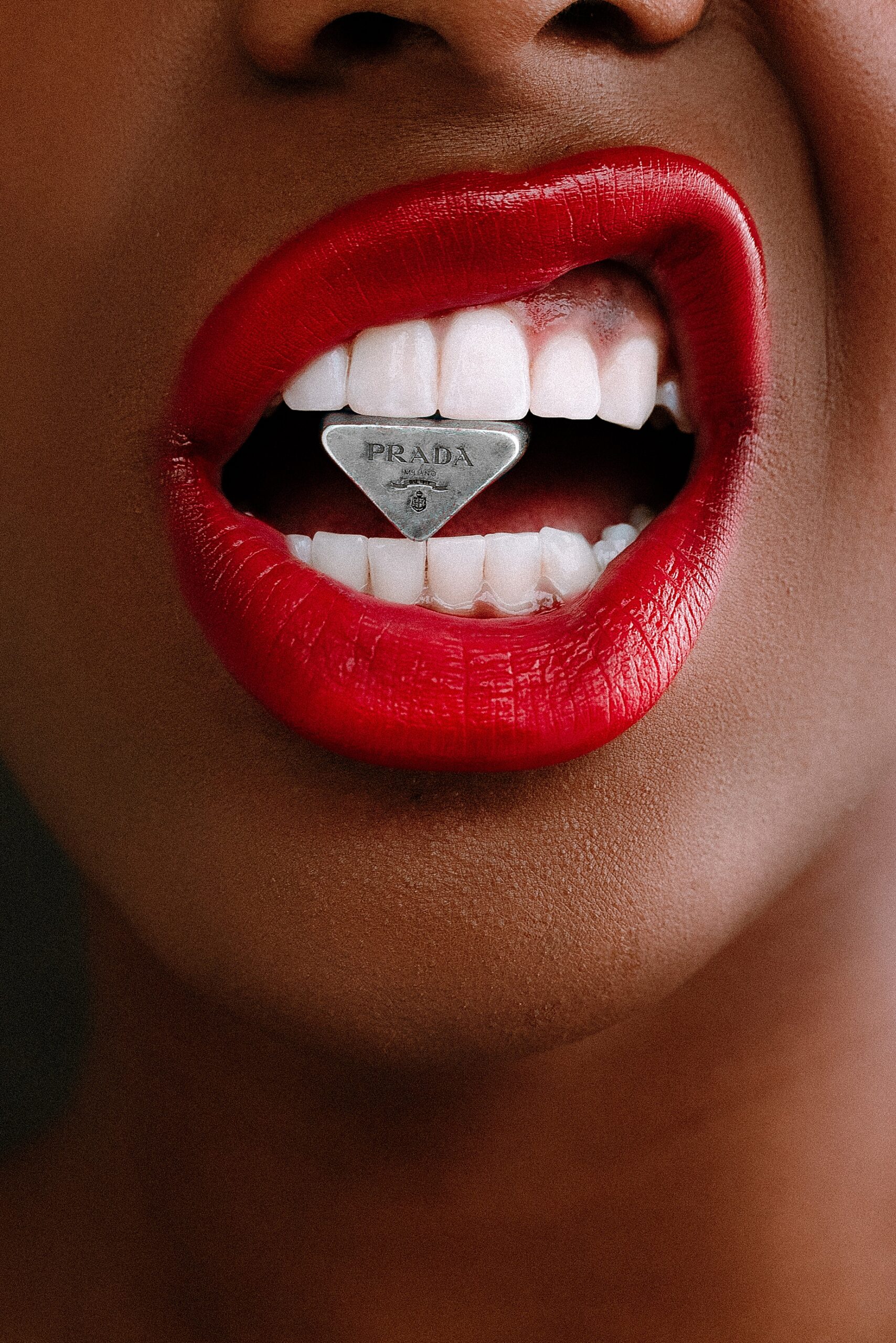
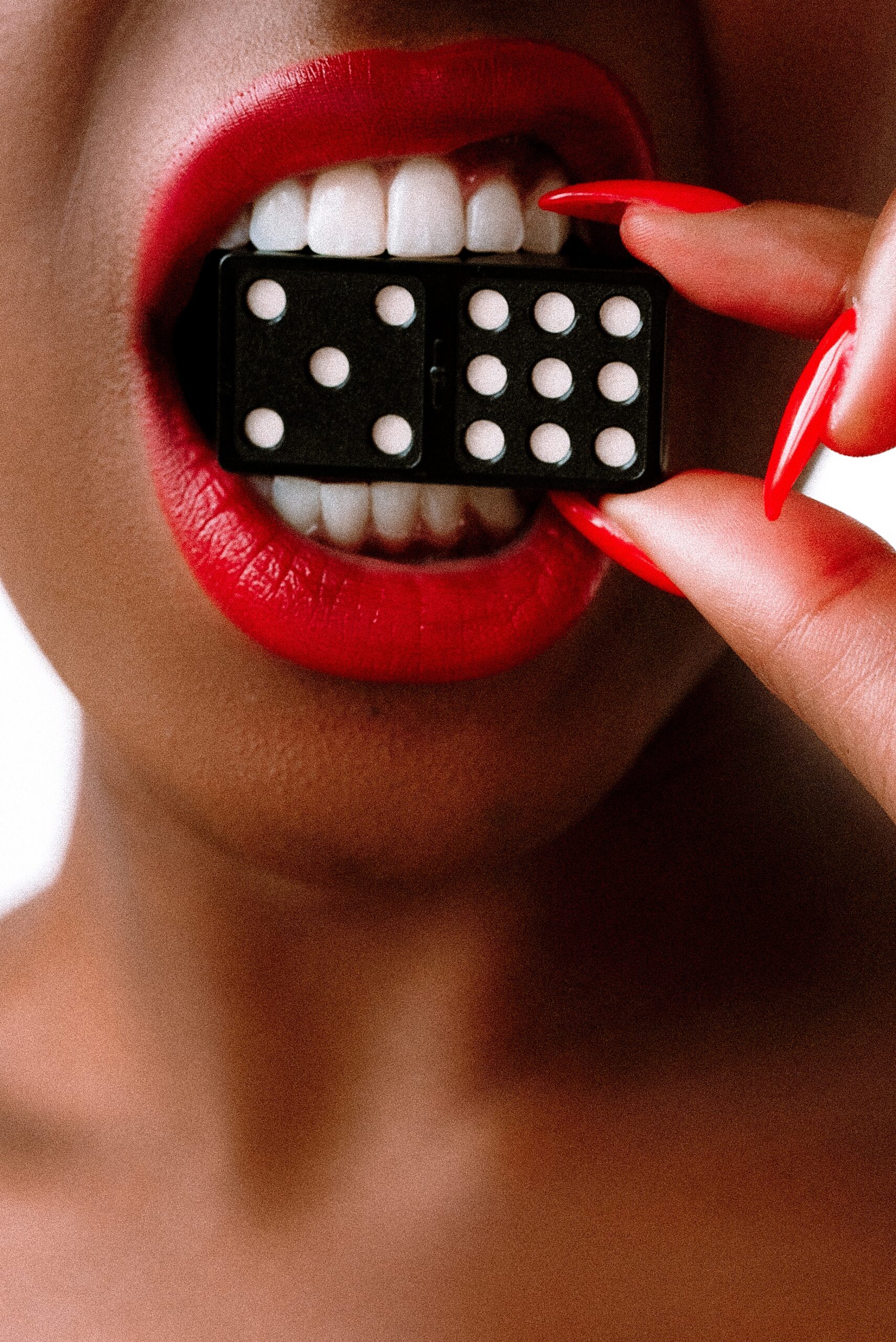

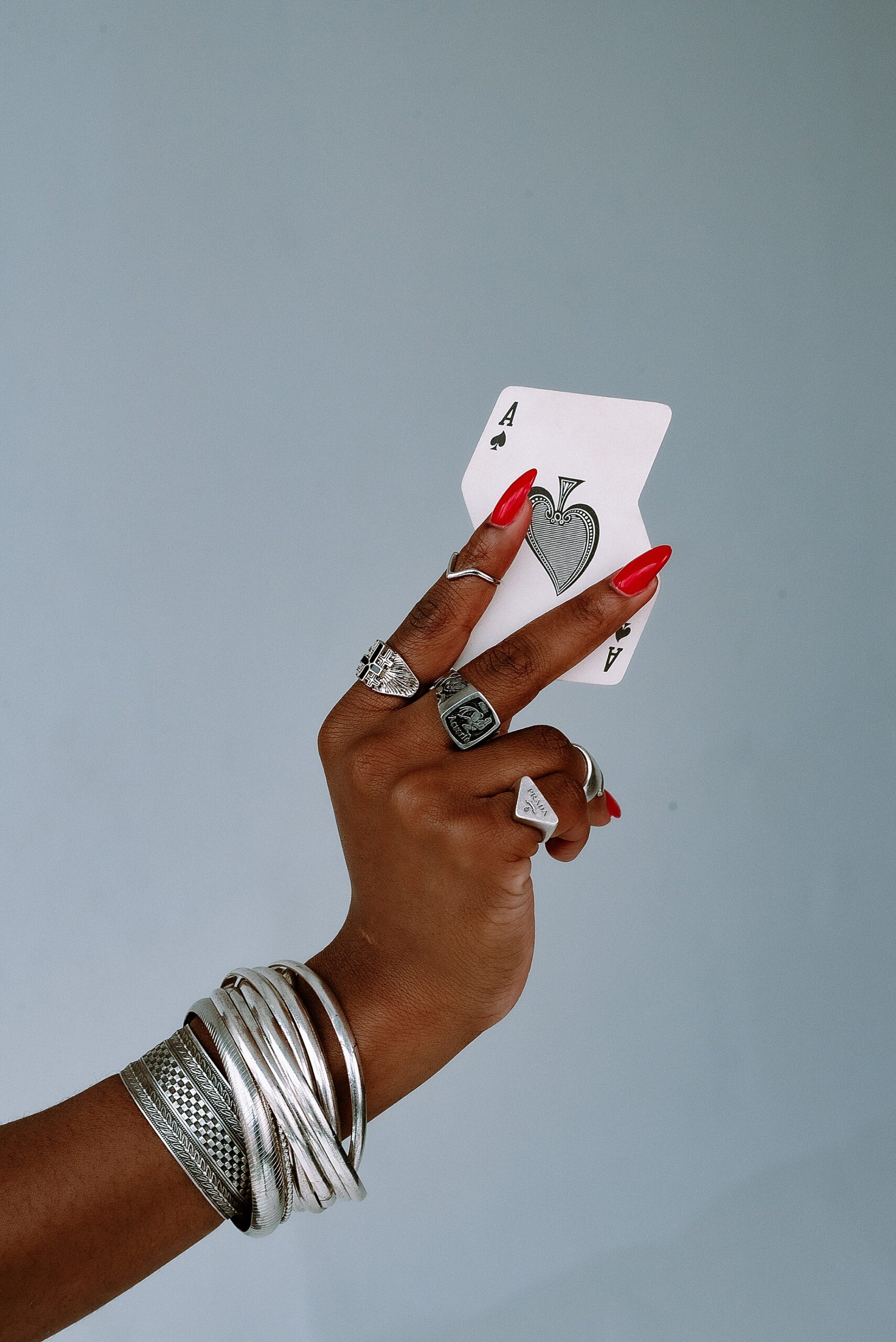


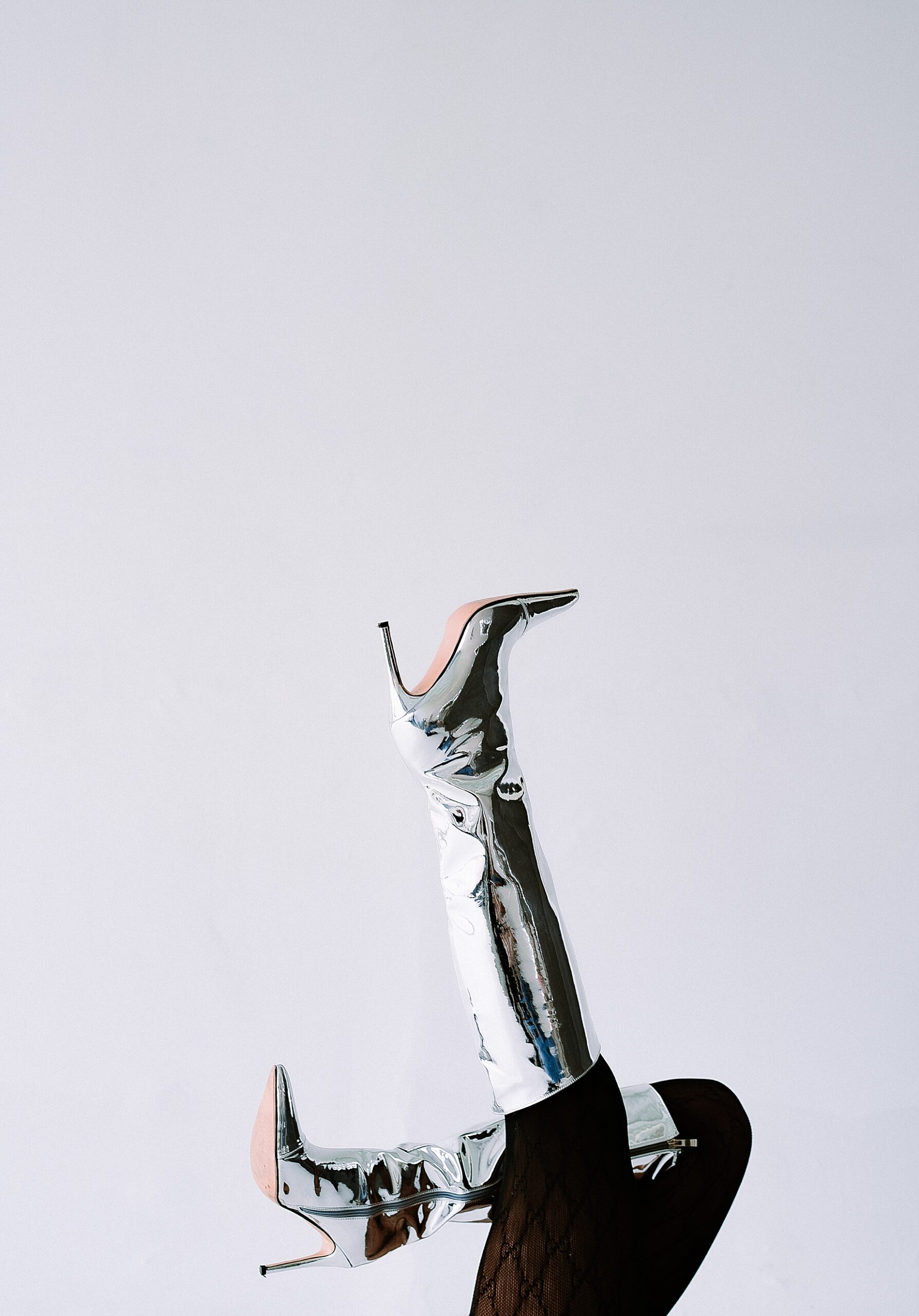
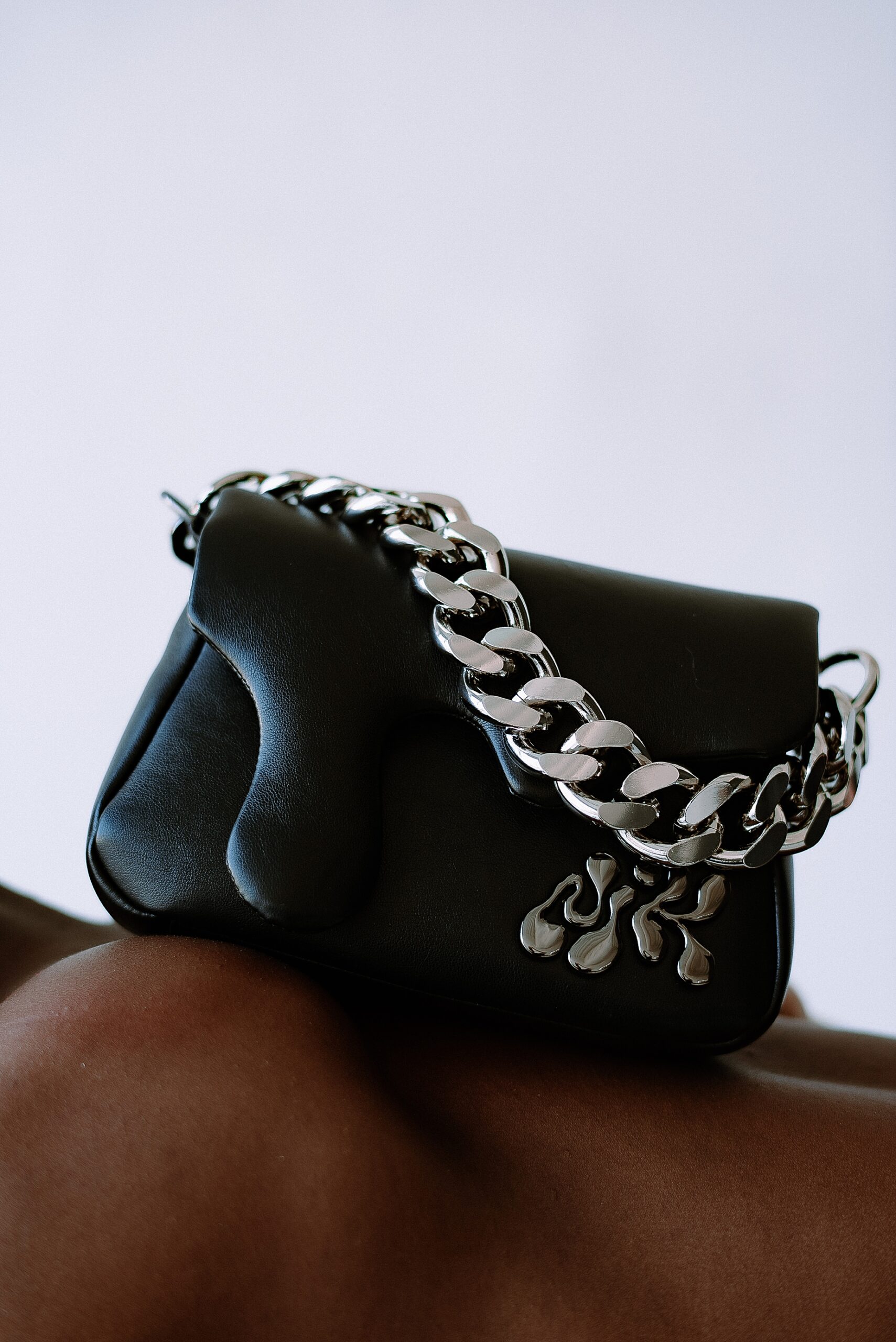



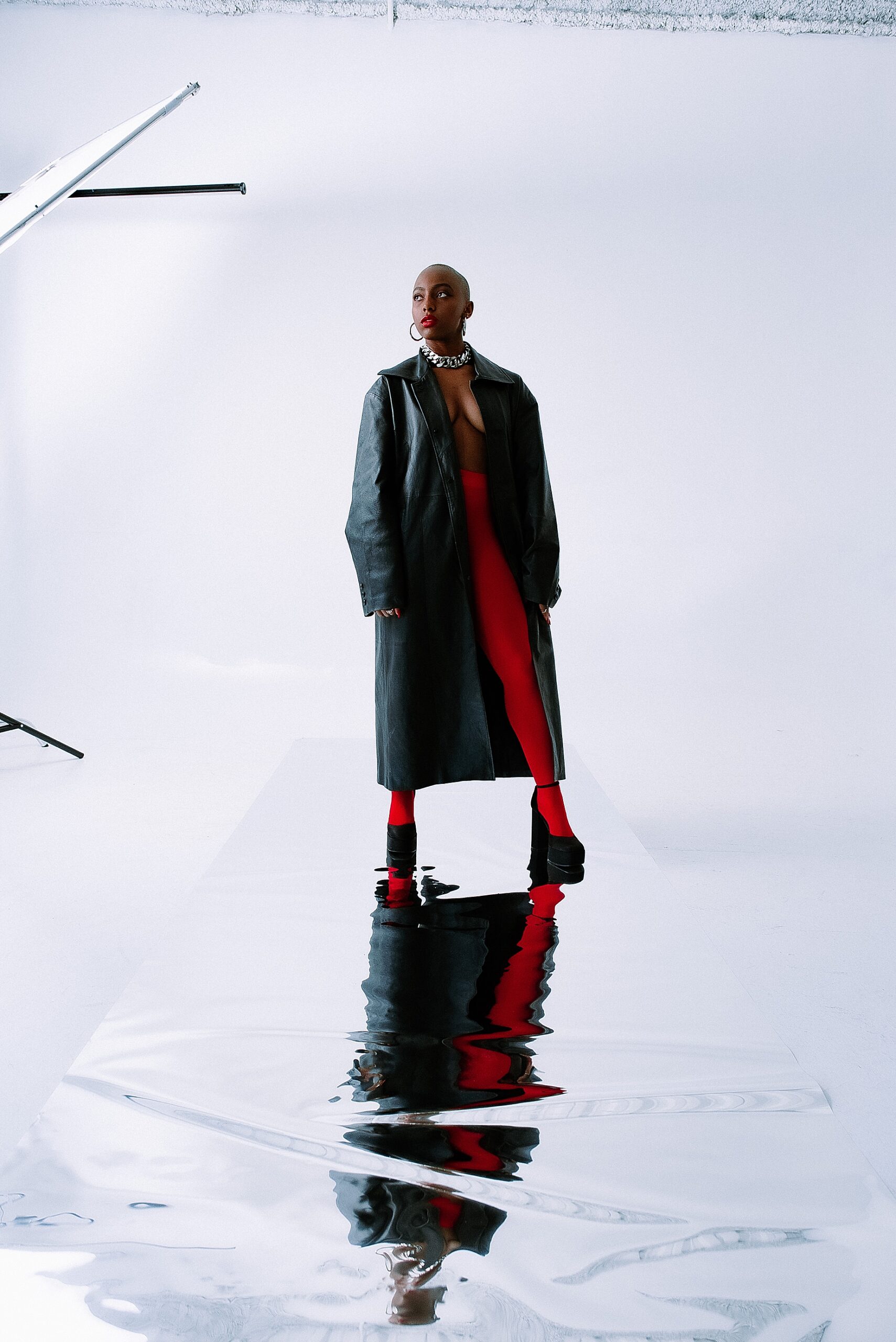

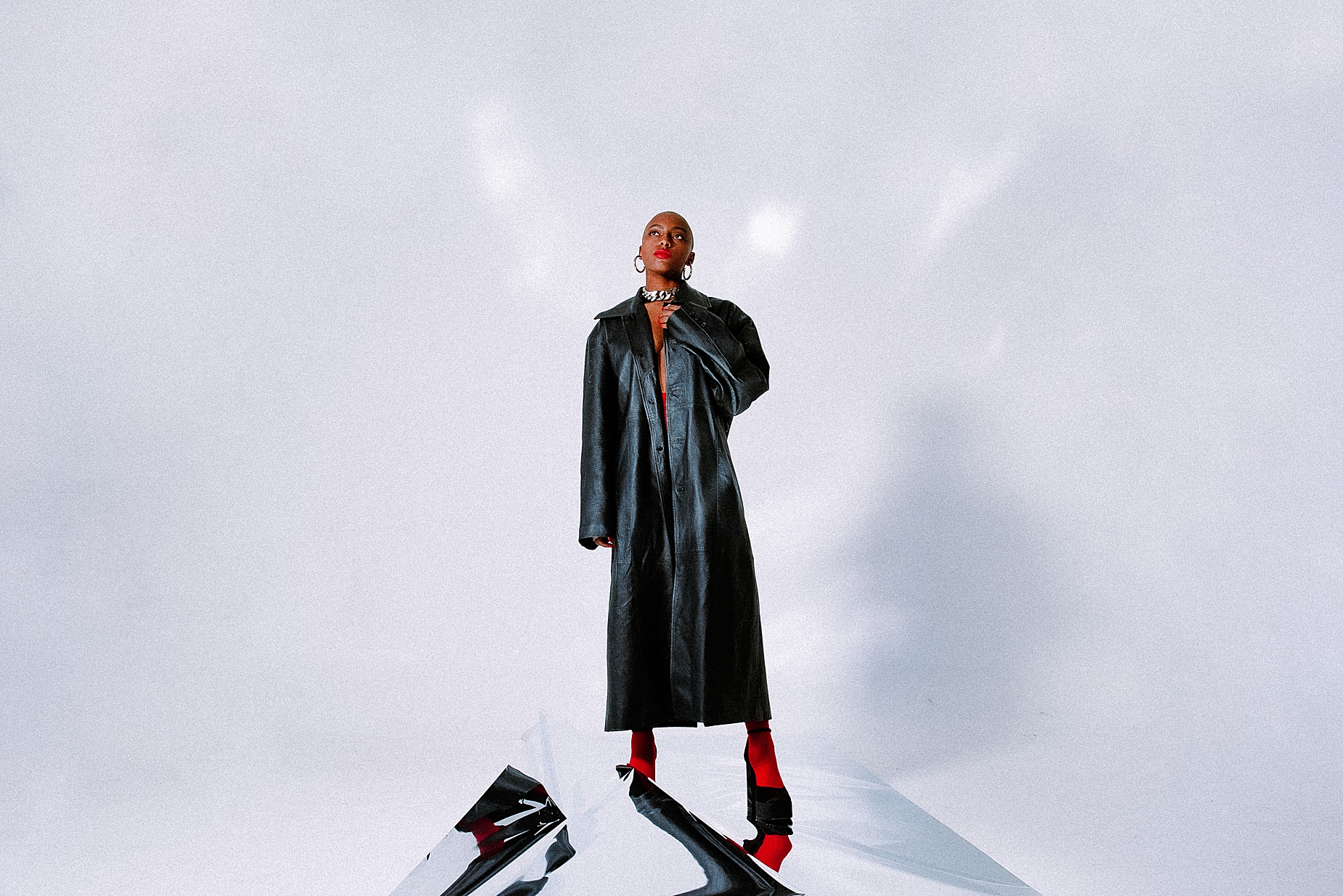
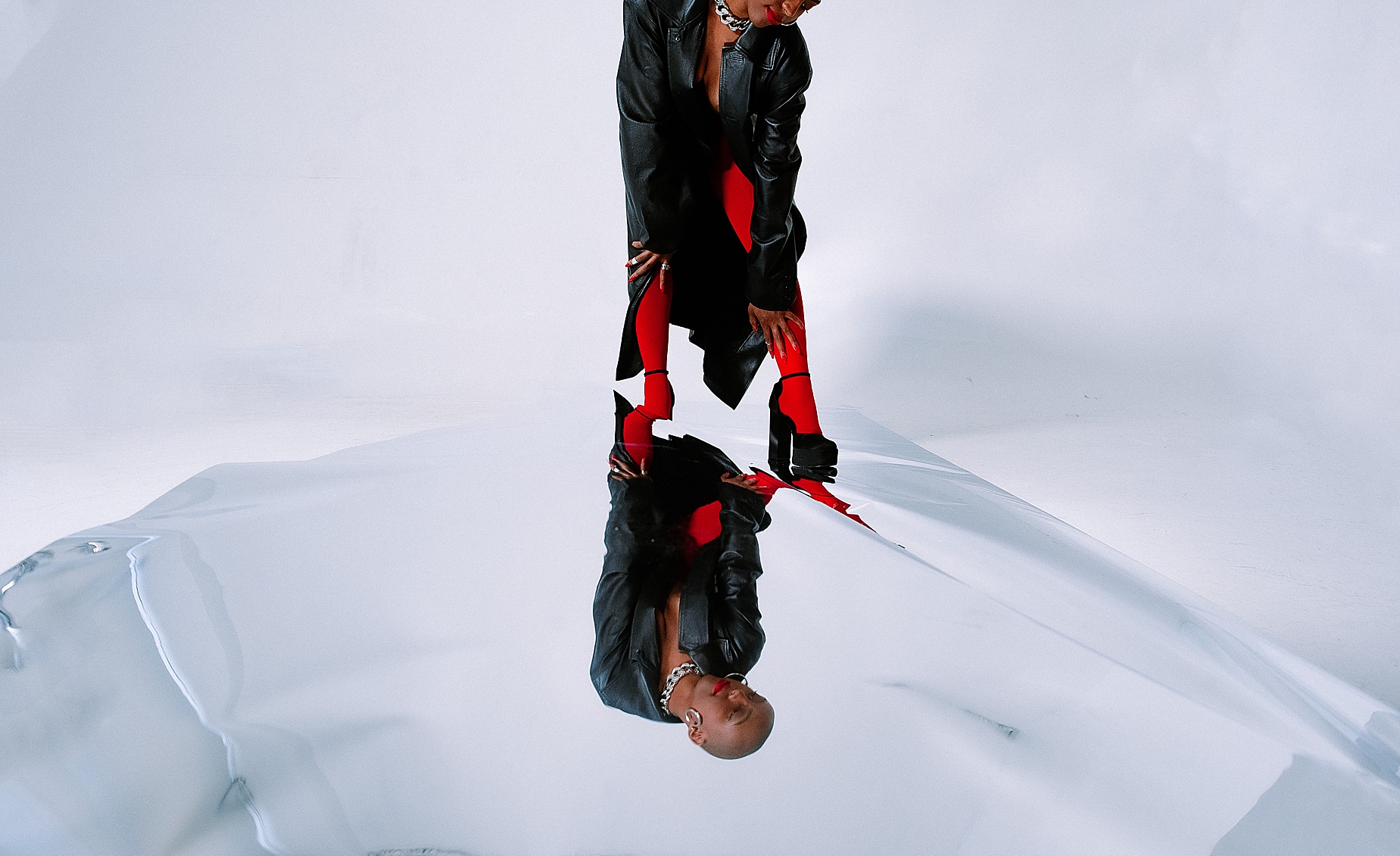

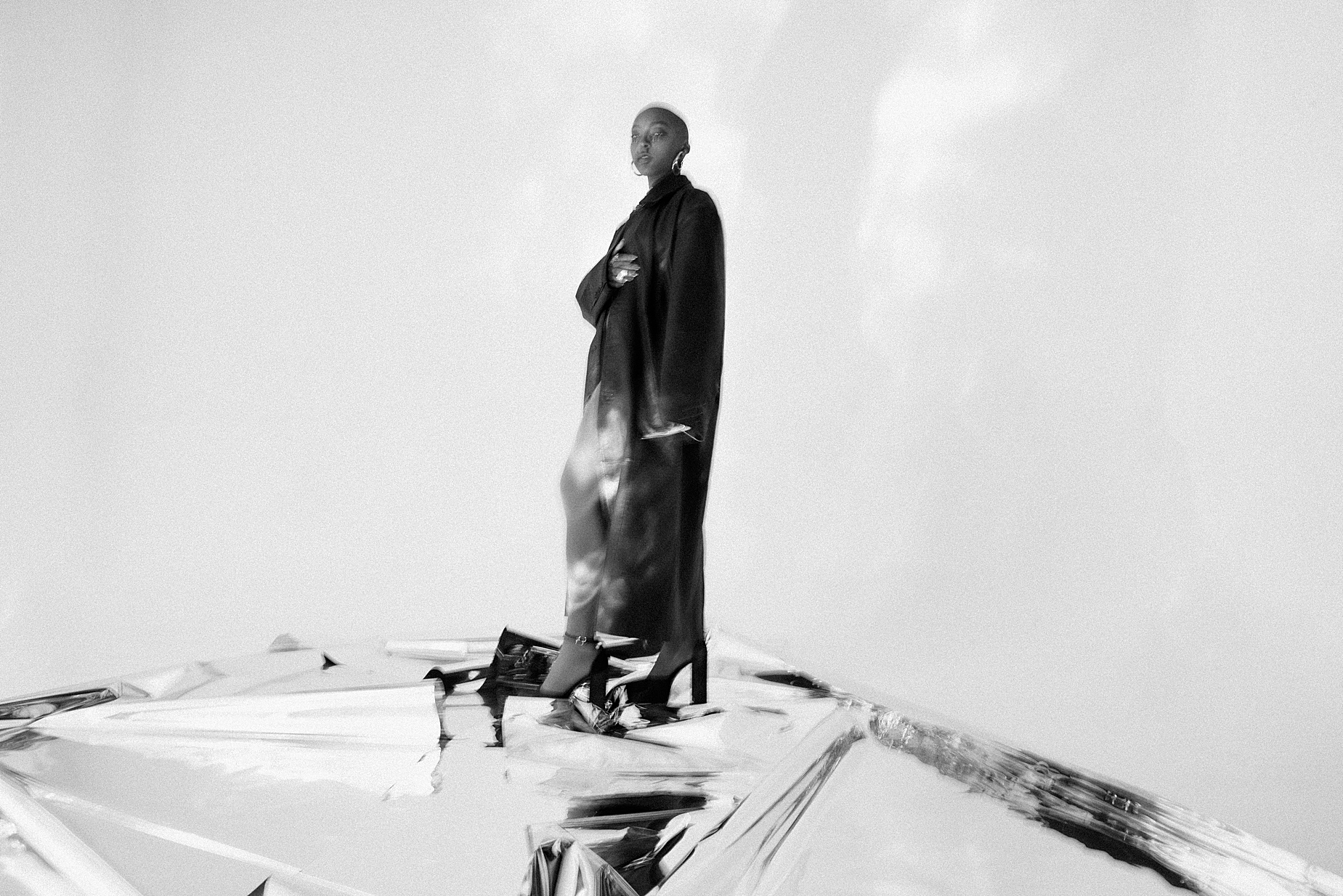
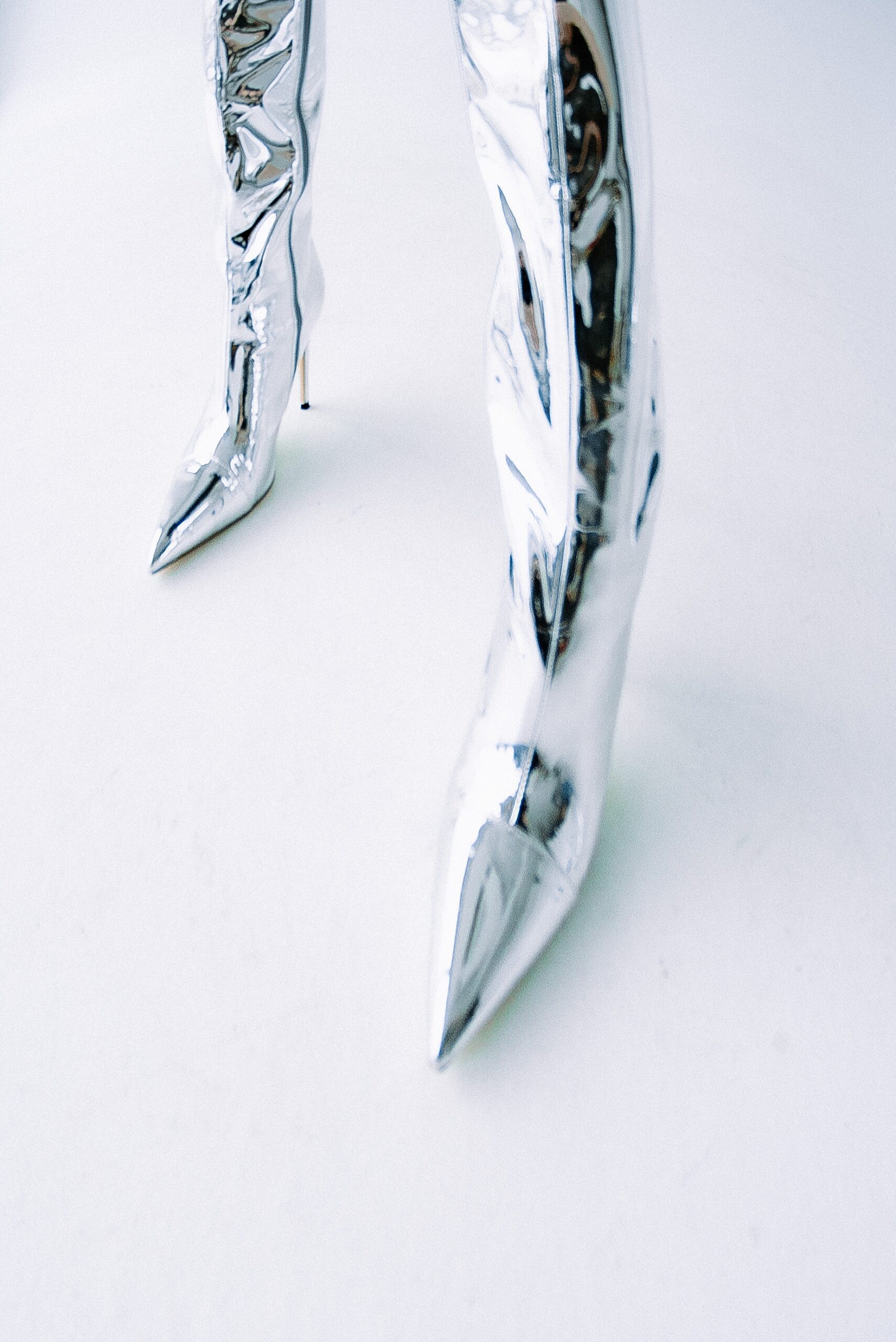
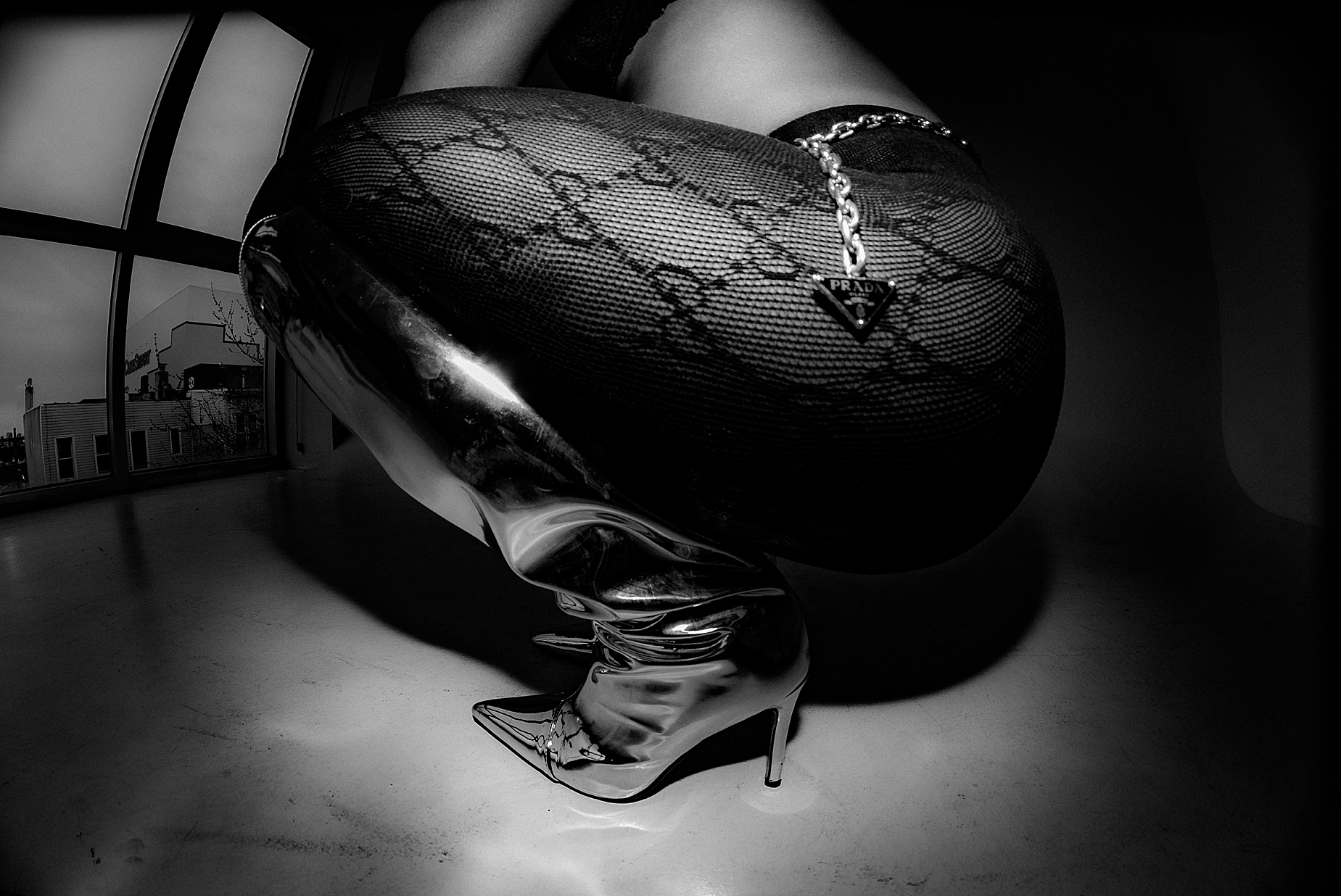


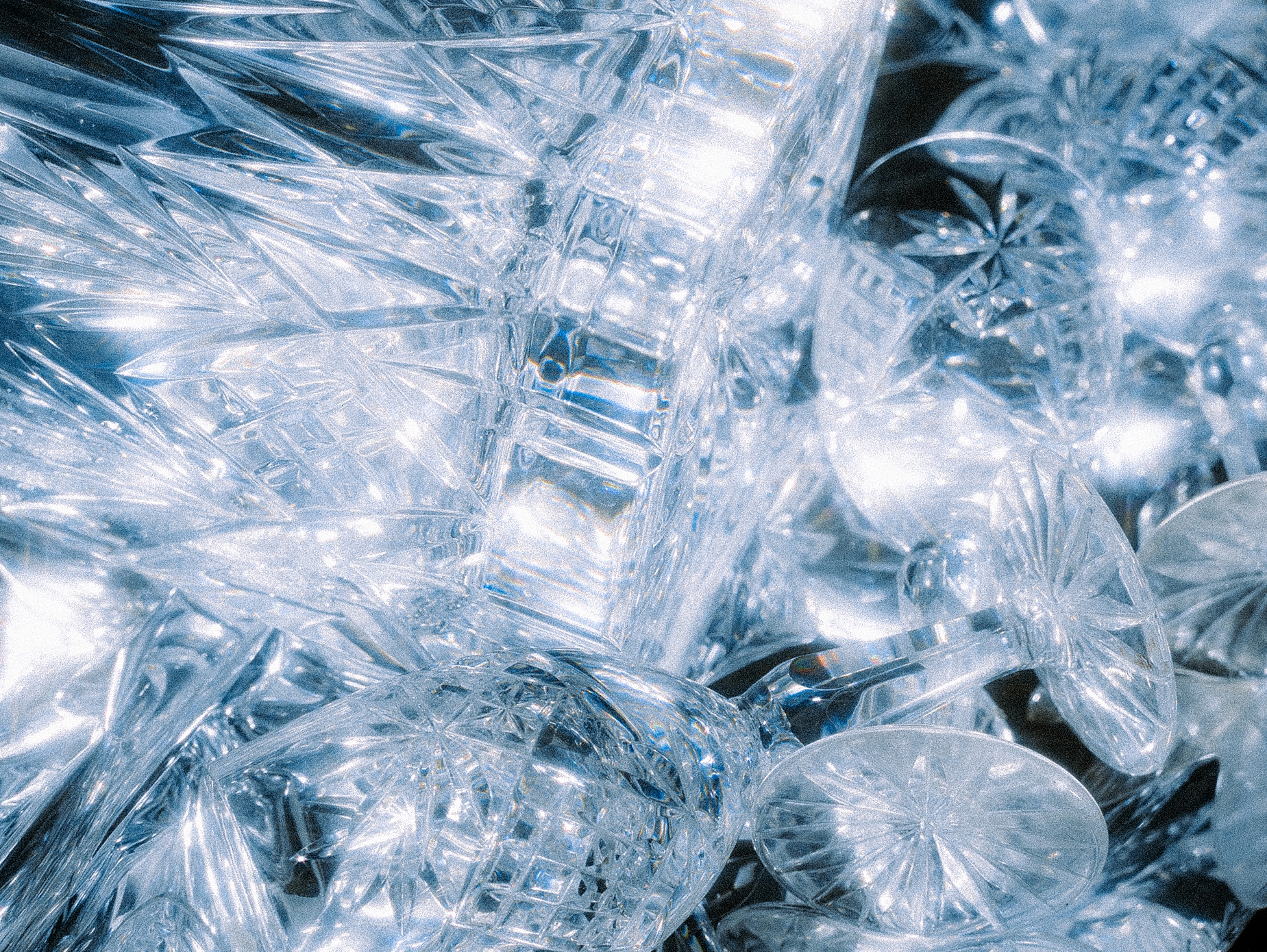

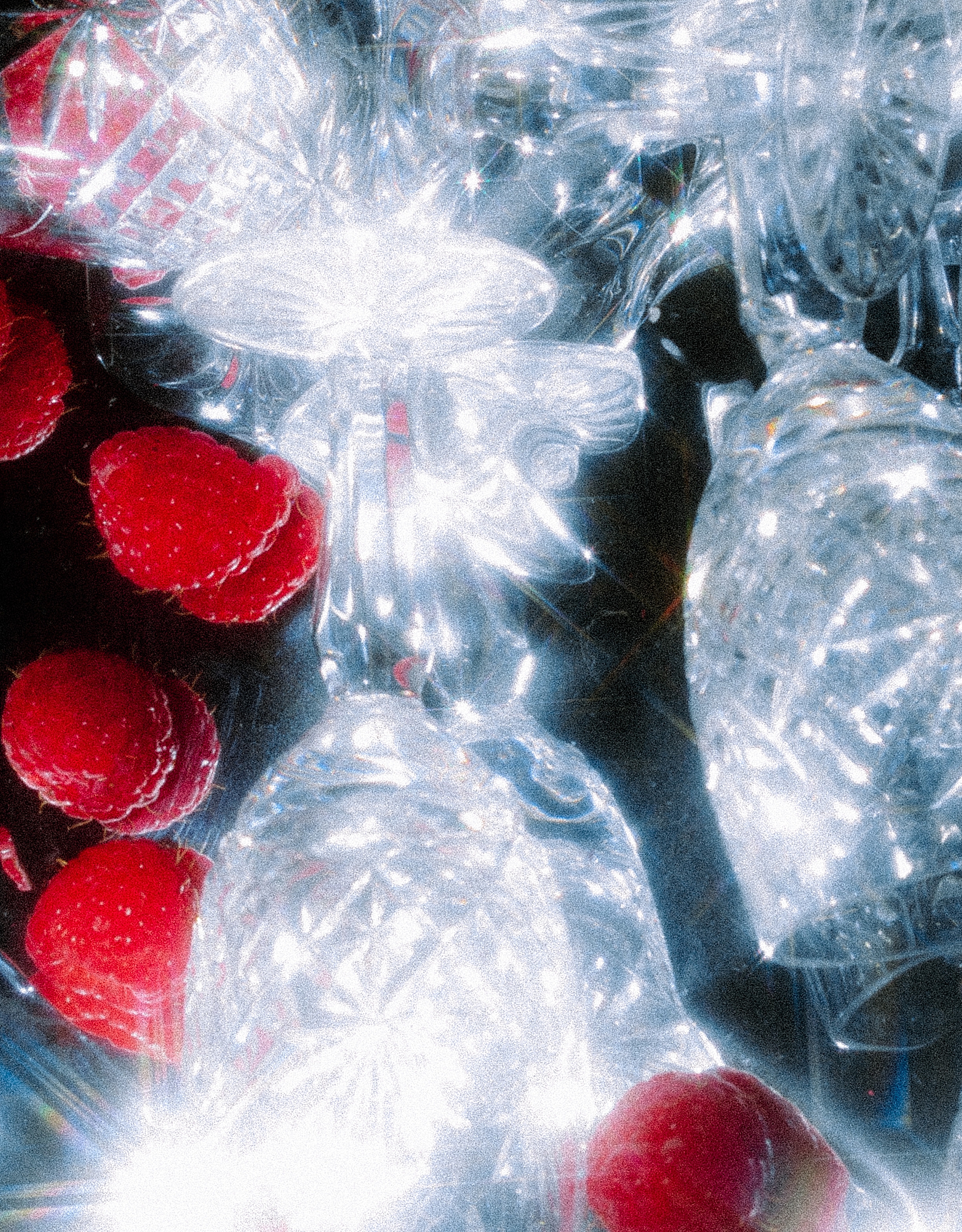
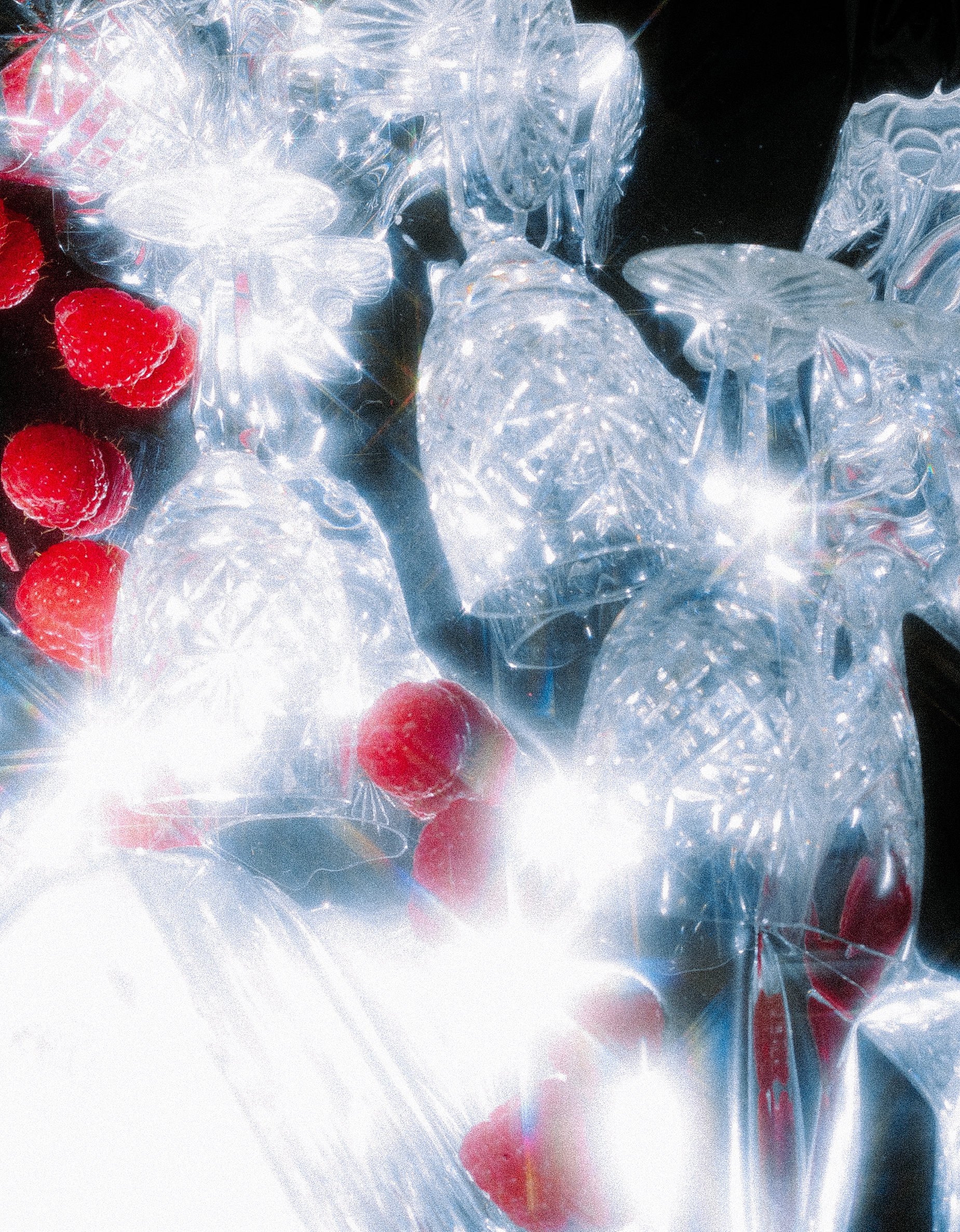
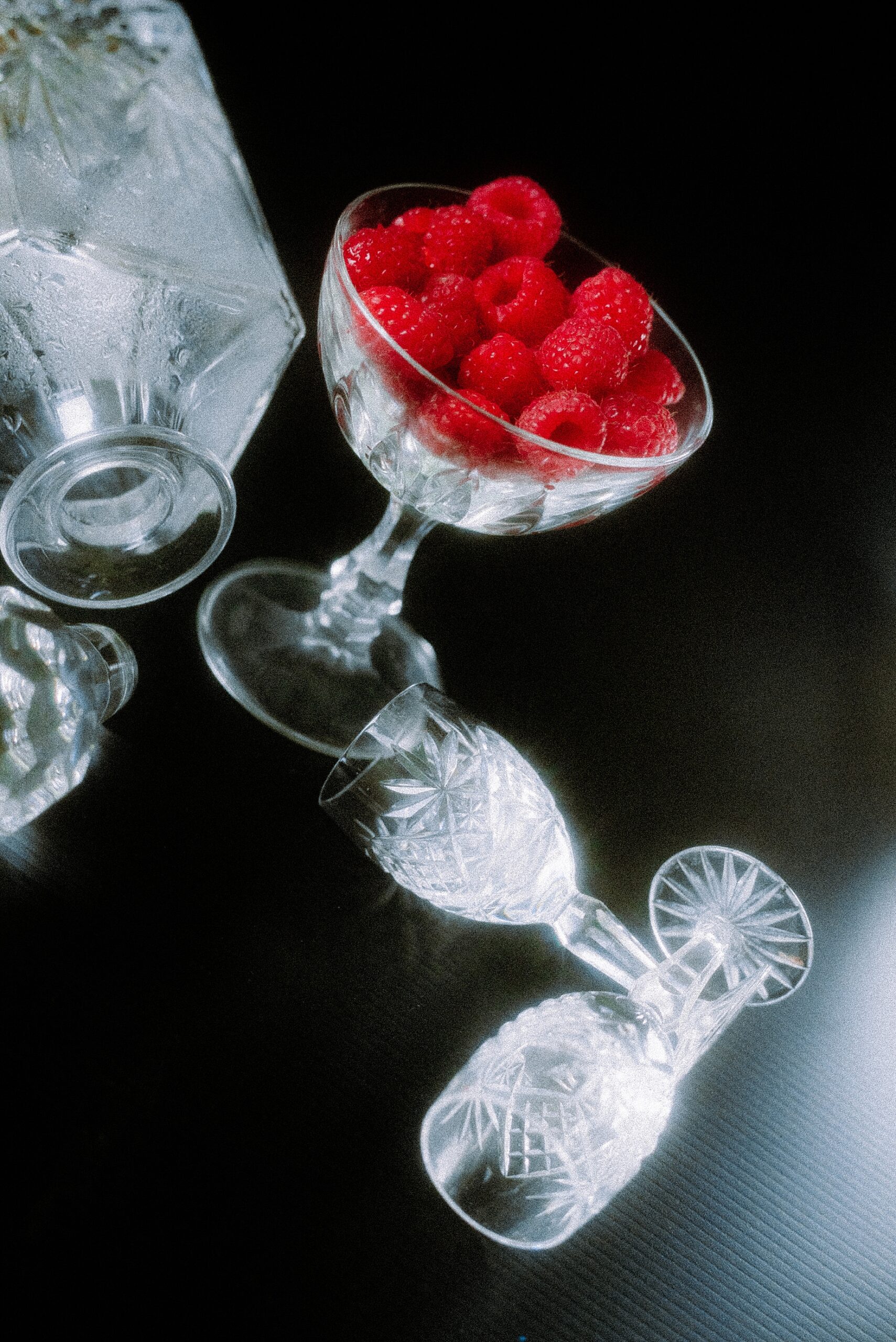
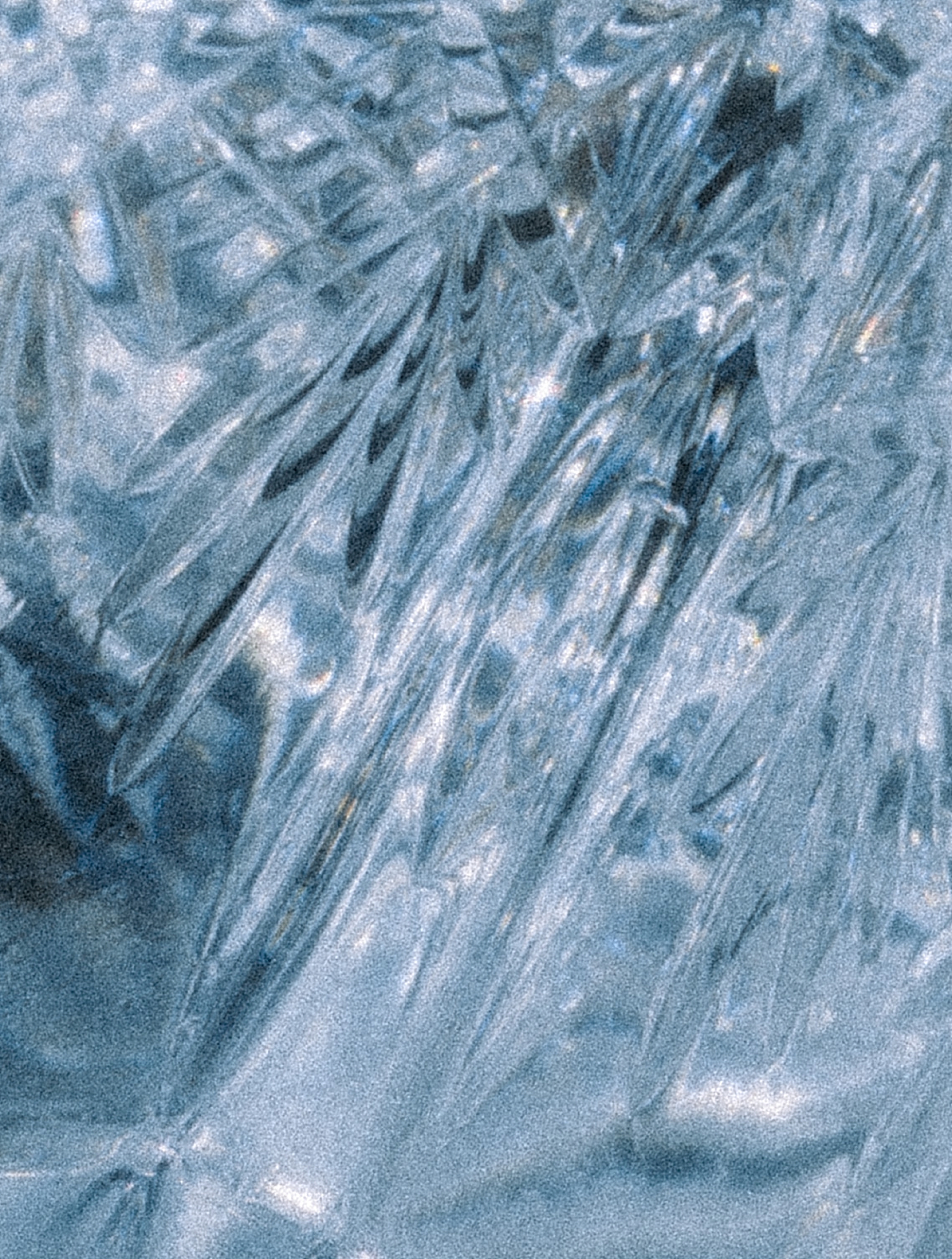
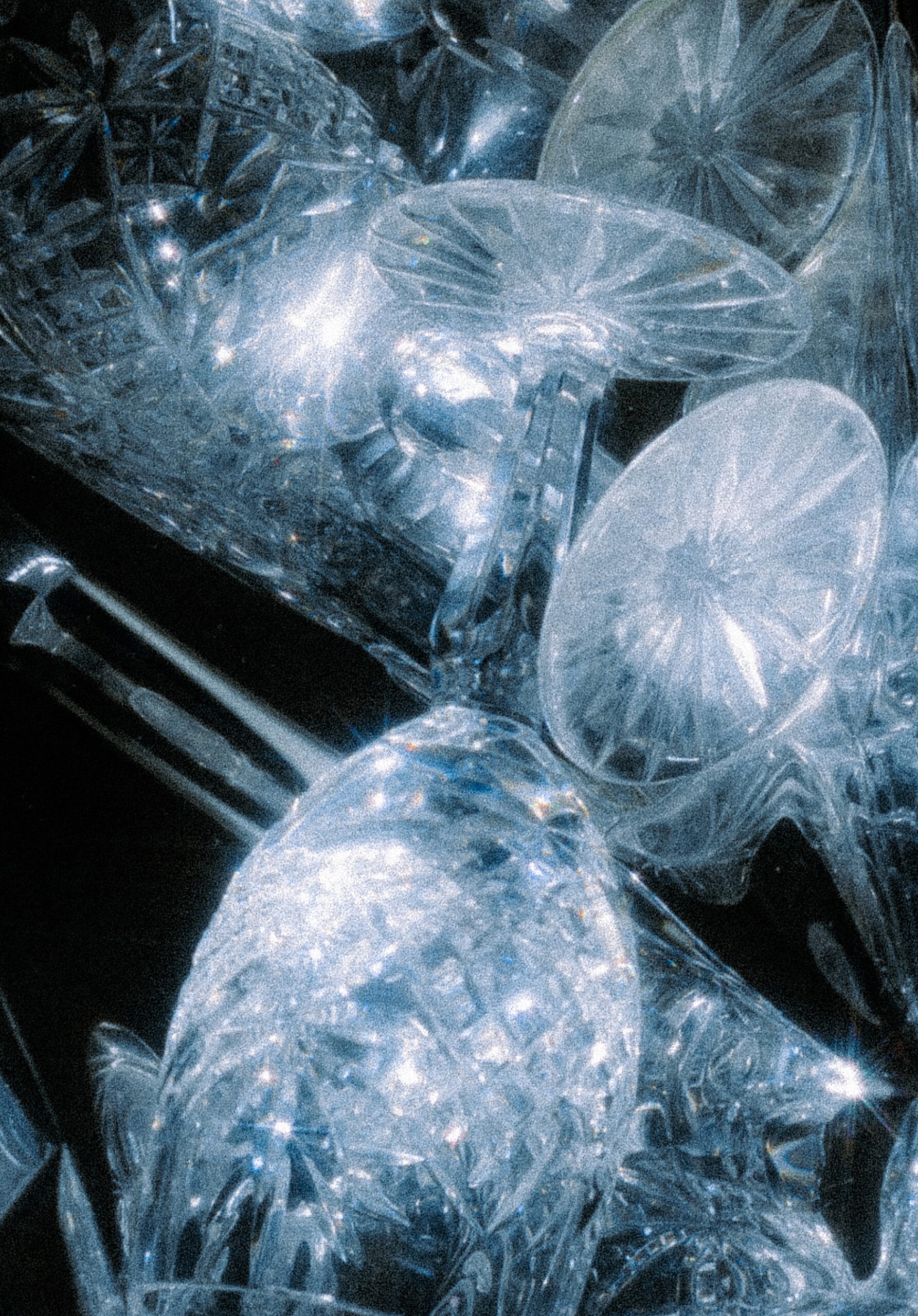



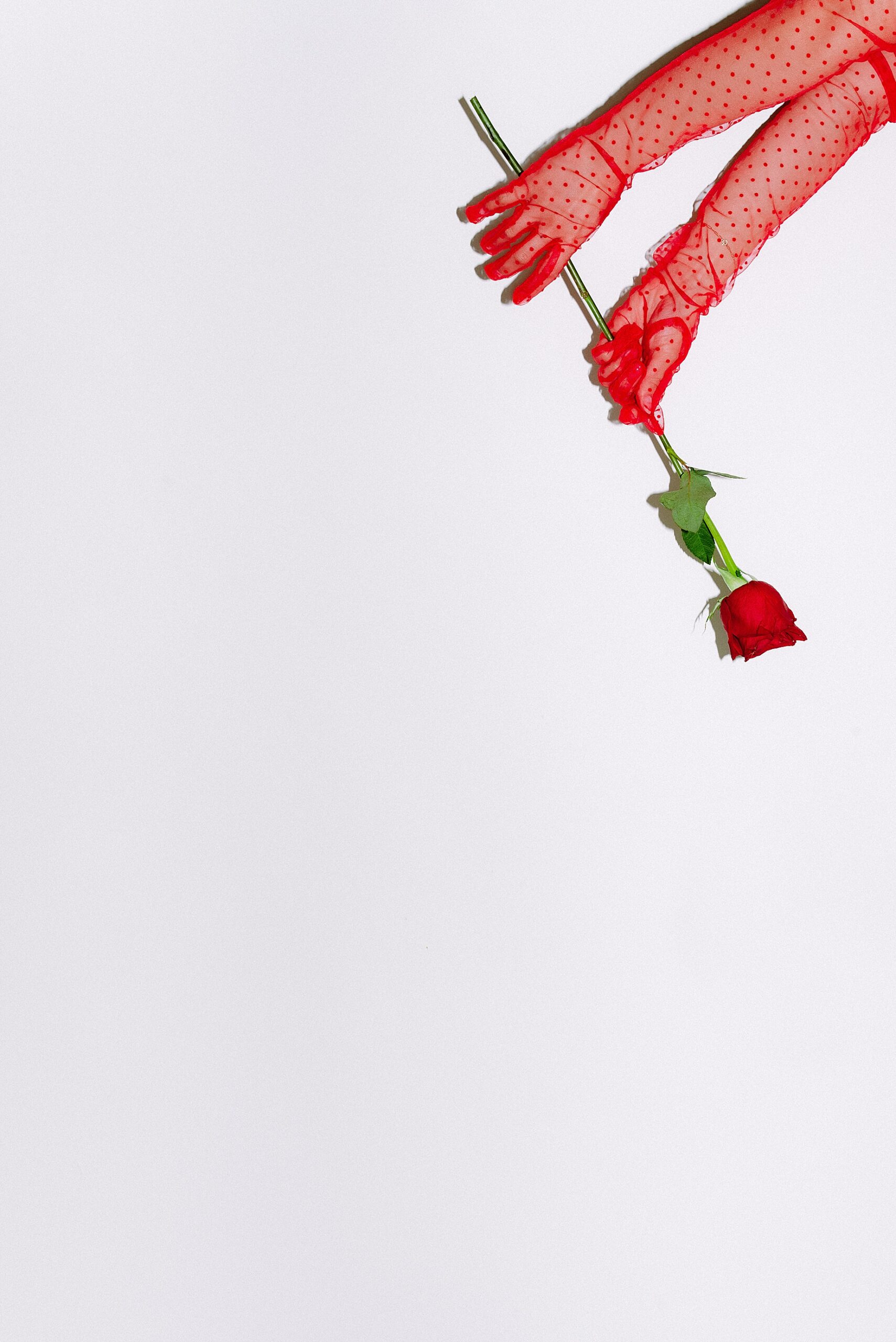



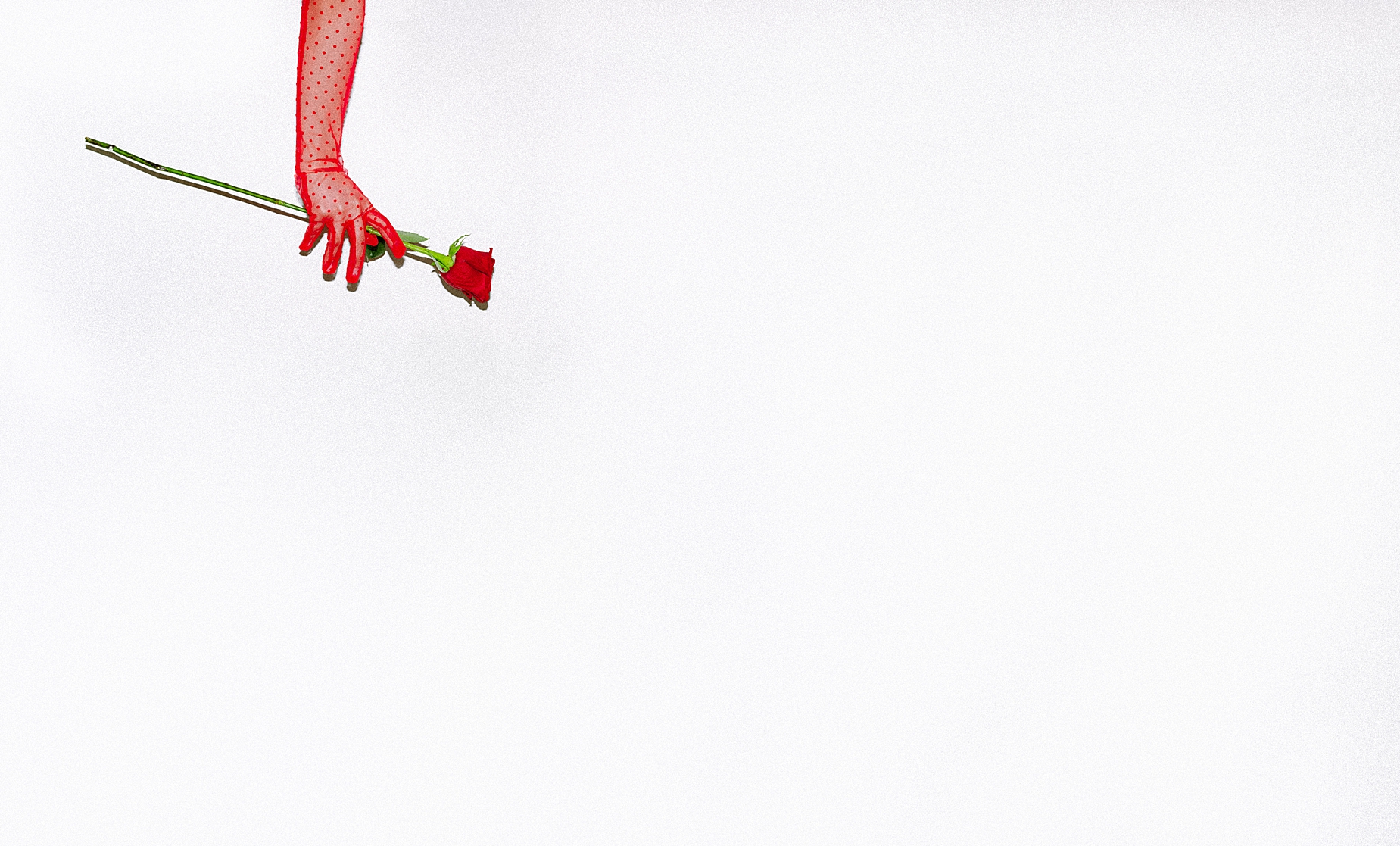
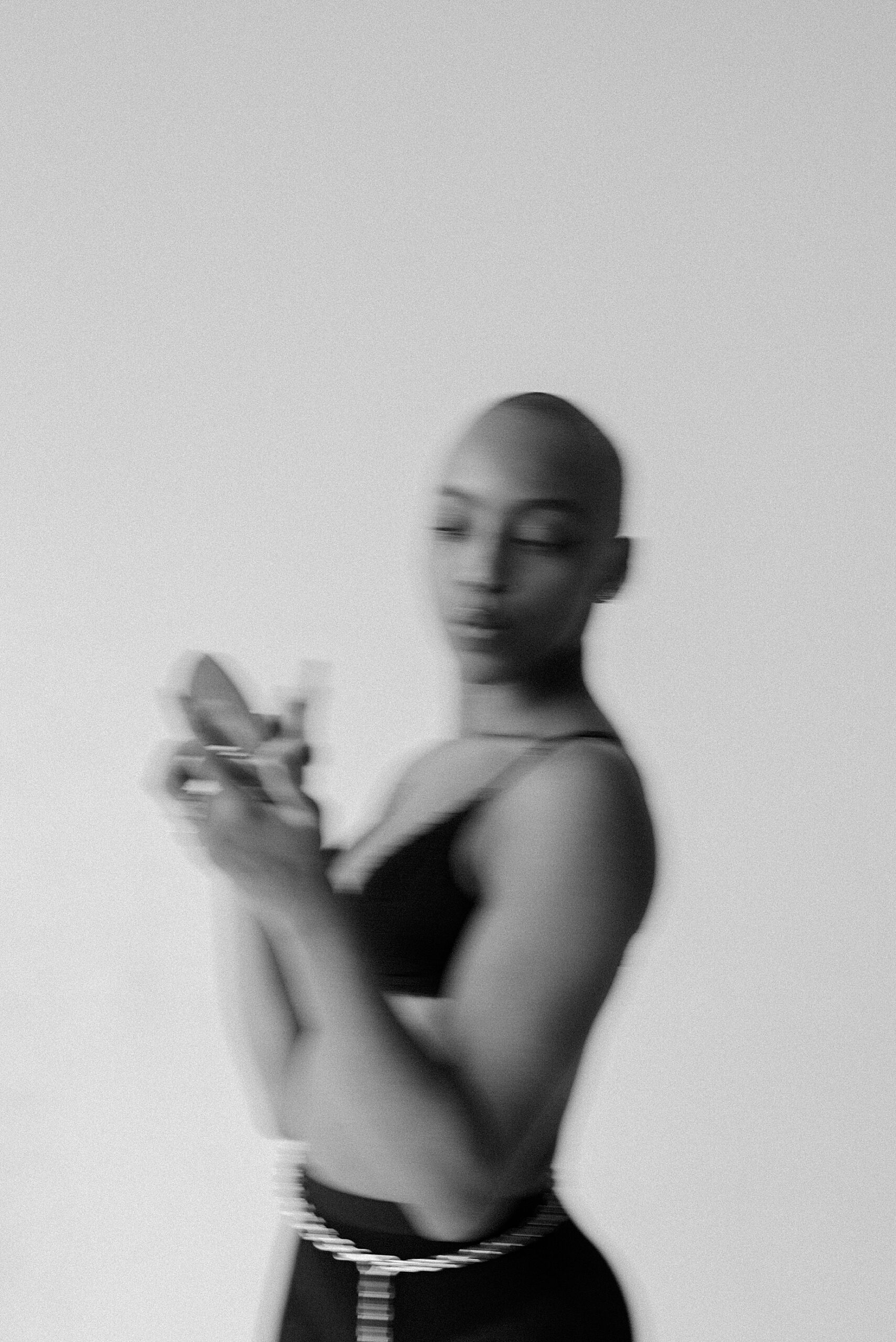
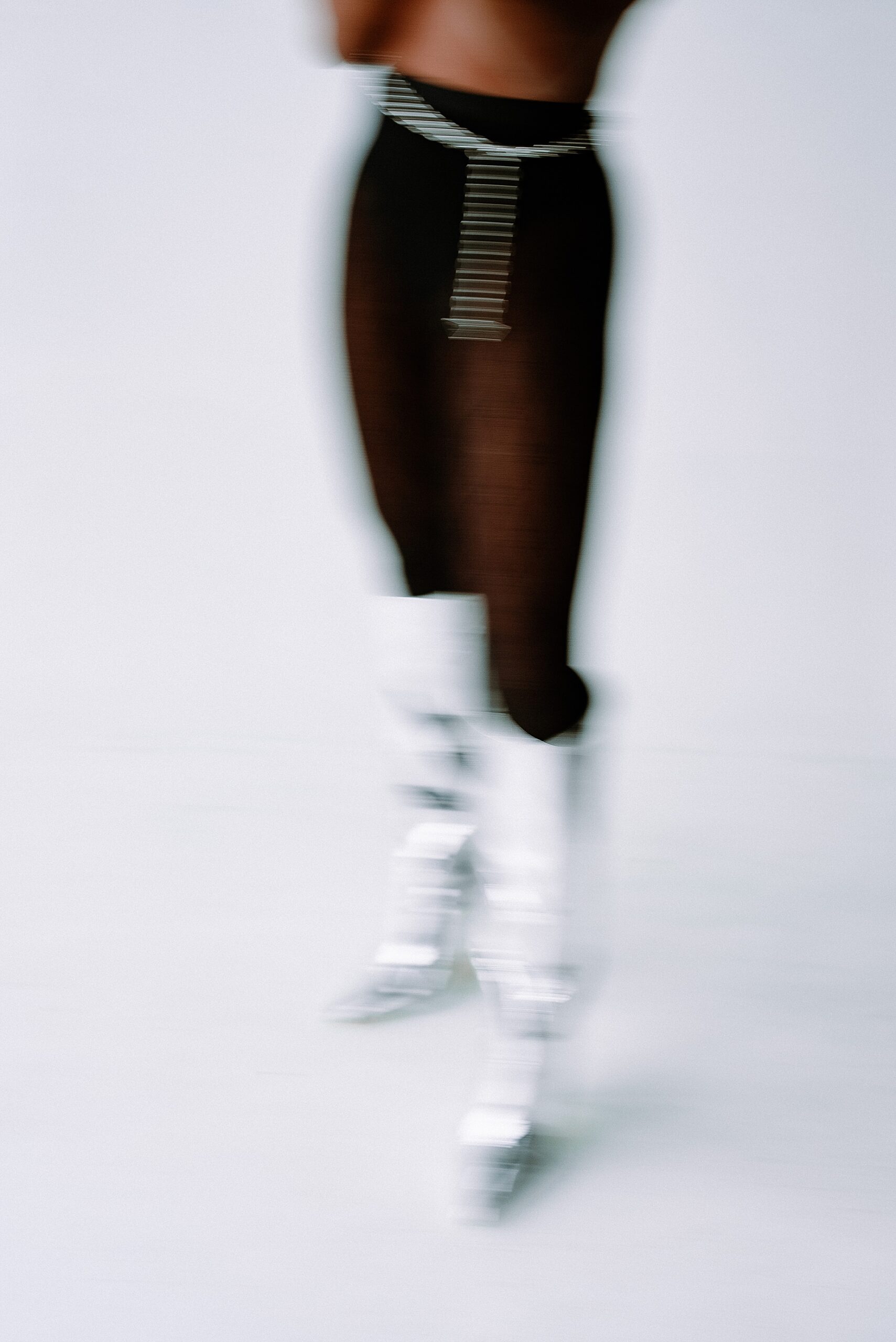




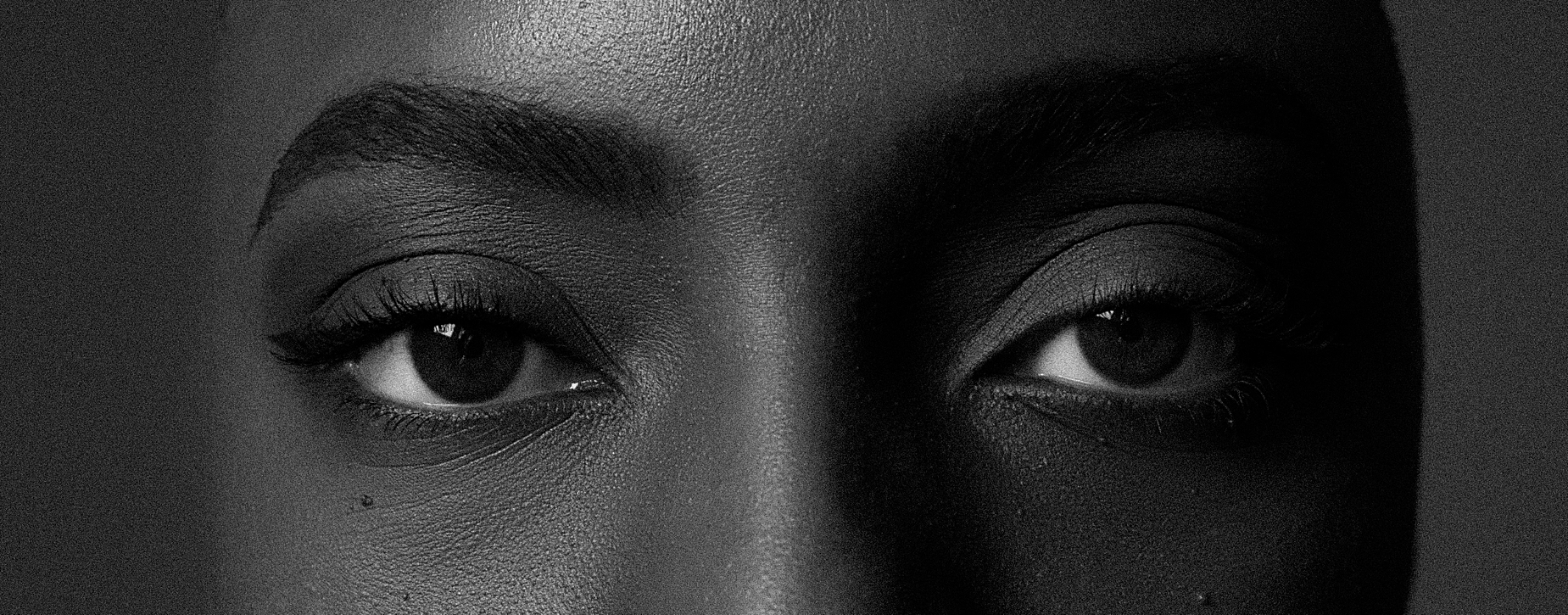
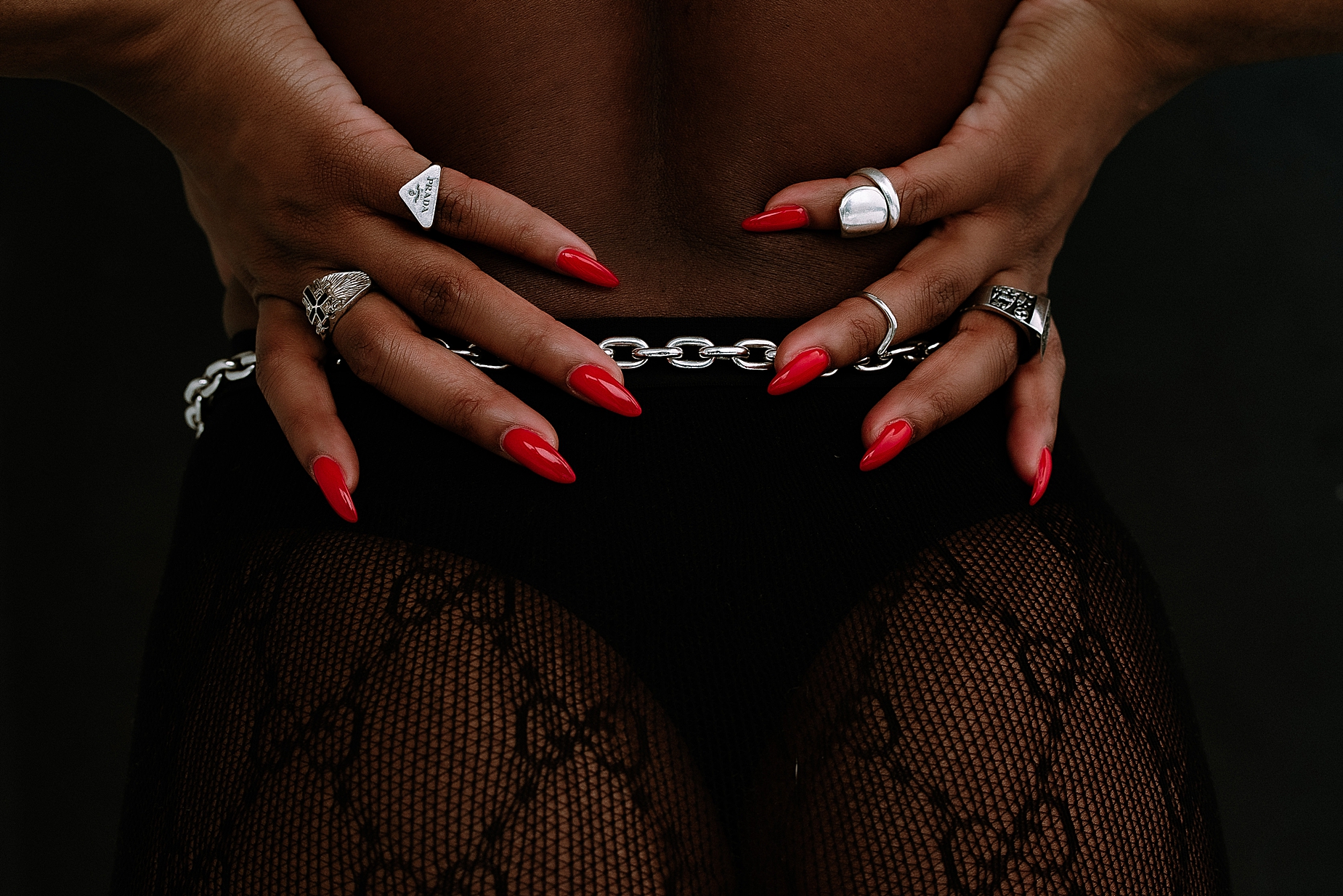




business coach for photographers
I’M EDEN - A DESTINATION WEDDING PHOTOGRAPHER TURNED BUSINESS COACH, NOW LEADING CREATIVE ENTREPRENEURS IN BUILDING A LIFE OF ARTISTIC GROWTH, WEALTH, AND FREEDOM.
WE ARE A QUEER AFFIRMING, BIPOC INCLUSIVE, SAFE AND LOVING SPACE. NOTHING LESS THAN CELEBRATION FOR EVERYONE WILL BE TOLERATED IN OUR ONLINE SPHERE. HATRED AND BIGOTRY ARE NOT WELCOME HERE.